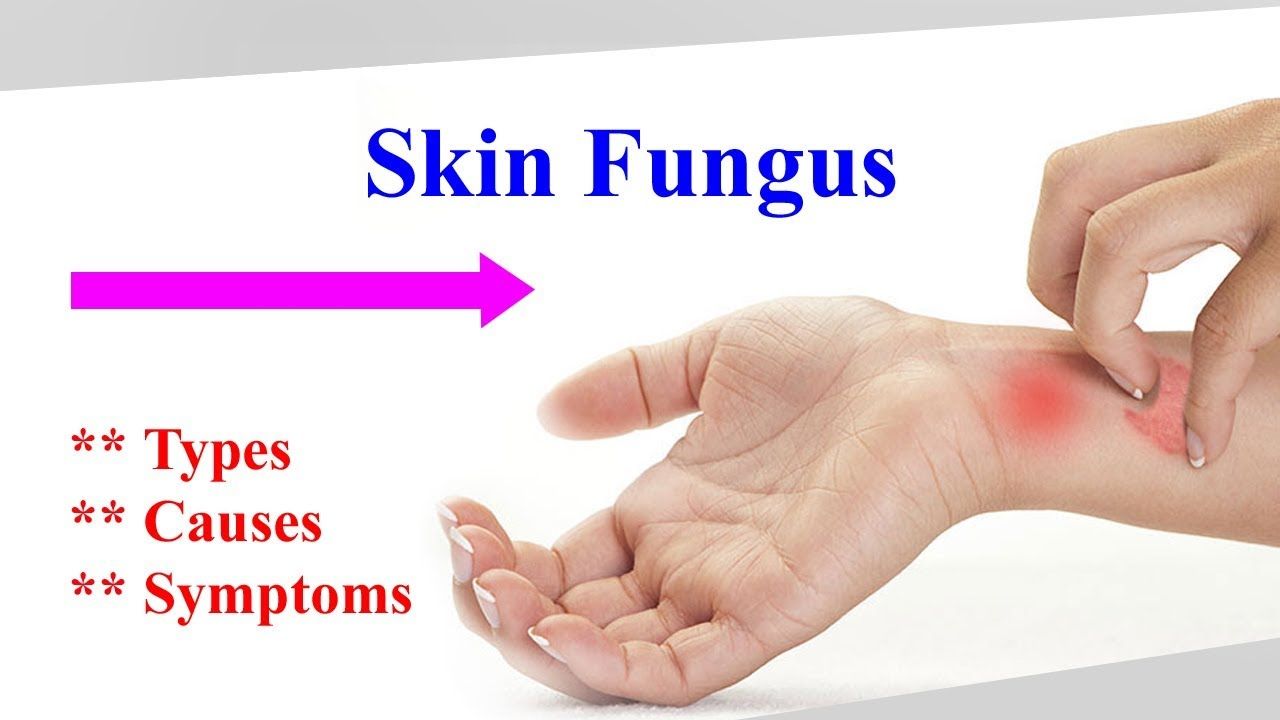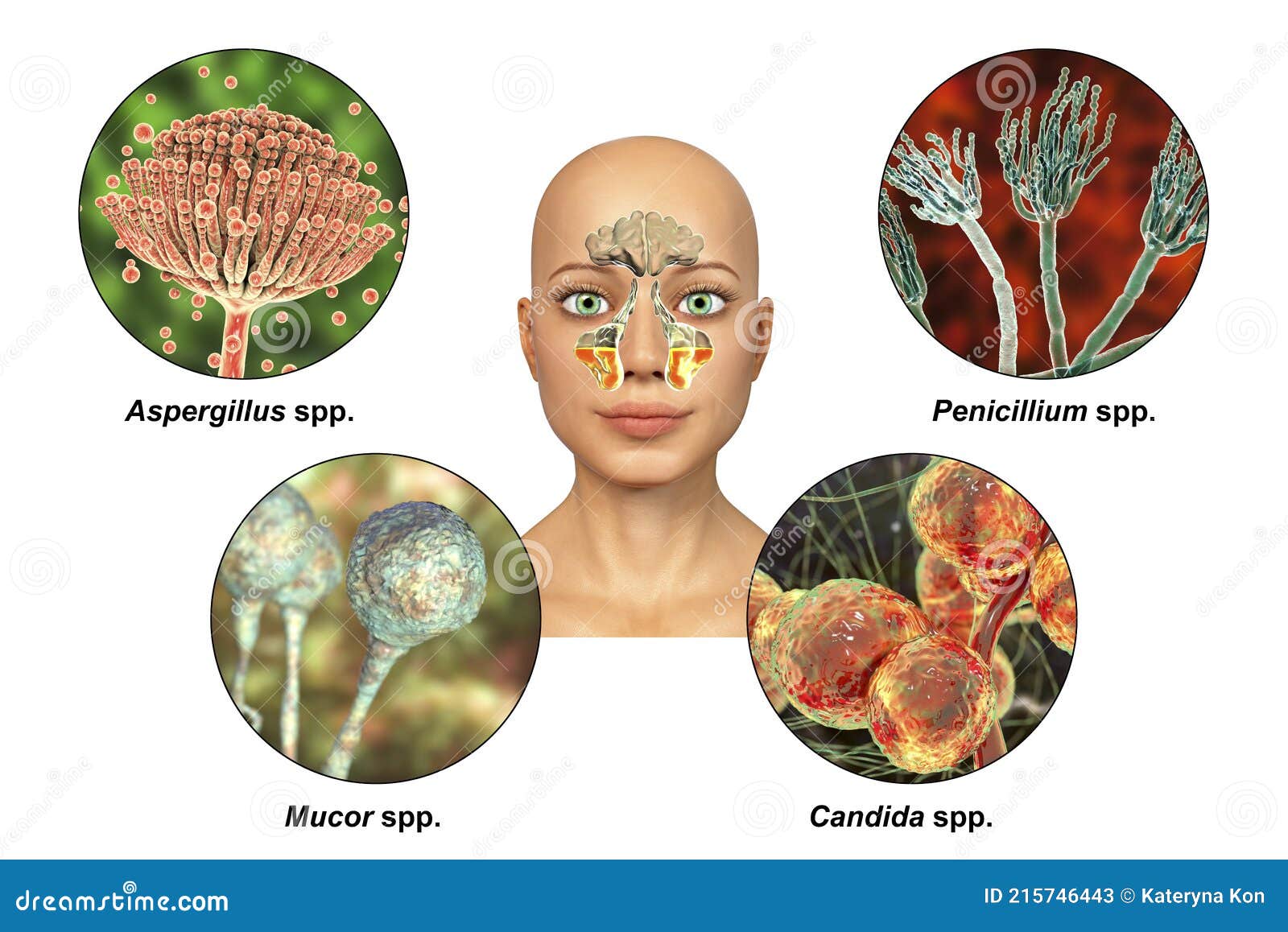Fungal Skin Conditions in Humans: Types, Treatment, Risk Factors, and More
Discover the types of fungal skin conditions, their symptoms, treatments, and risk factors. Explore the causes, diagnosis, and effective management of common fungal infections like yeast infections, ringworm, and more.
Fungal Skin Conditions: An Overview
Fungi are ubiquitous organisms that can be found in various environments, including soil, air, and even within the human body. While most fungi are harmless, some can cause skin infections when they multiply excessively or penetrate the skin through cuts or lesions. Fungal skin conditions typically thrive in warm, moist, and poorly ventilated areas, such as the feet, groin, and skin folds.
Types of Fungal Skin Conditions
Yeast Infection (Candida Skin Infection)
Candida, a type of yeast, is naturally present on the skin and inside the human body. When it overgrows, it can lead to a Candida skin infection, also known as a yeast infection or cutaneous candidiasis. The most common Candida species responsible for these infections is Candida albicans. Yeast infections often occur in warm, moist, and poorly ventilated areas, such as the folds of the buttocks (in certain types of diaper rash) and under the breasts. Symptoms can include a red or discolored rash, itching, stinging, burning, and acne-like bumps around the rash.
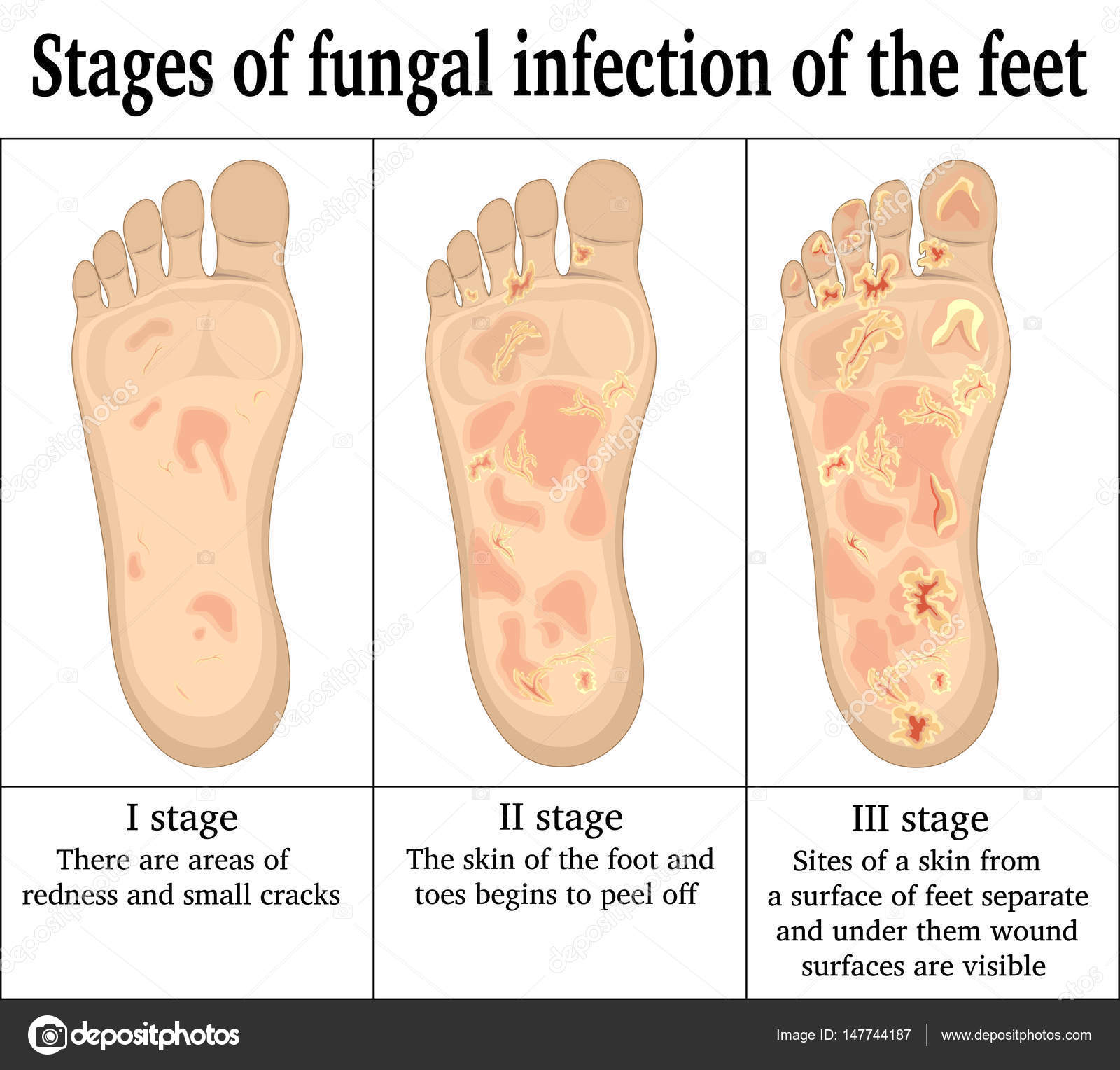
Ringworm of the Body (Tinea Corporis)
Ringworm, despite its name, is not caused by a worm but rather by a fungus. It typically occurs on the torso and limbs, in a subtype known as ringworm of the body (tinea corporis). The main symptom of ringworm is a ring-shaped rash with slightly raised edges, and the skin inside the circular rashes usually appears healthy. Ringworm can be contracted by petting an infected animal or from exposure to contaminated surfaces, such as gym equipment.
Diagnosis and Treatment
Diagnosis
A primary care doctor can usually diagnose a yeast infection or ringworm of the body during a physical examination. They may also perform a skin scraping or culture to confirm the diagnosis. Dermatologists may use a skin scraping and microscopic examination to determine the underlying fungal species.
Treatment
Treating fungal skin conditions typically involves keeping the affected area clean and dry. In many cases, the infection will resolve on its own. Prescription and over-the-counter antifungal medications, either topical or oral, are also available to help kill the fungi or prevent their growth. Corticosteroid creams can help reduce itching, and powders may help keep the skin dry. If the infection persists or worsens, a doctor may prescribe stronger oral antifungal medications.
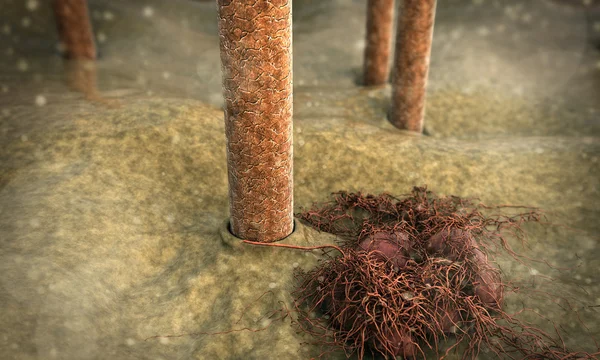
Risk Factors for Fungal Skin Infections
Several factors can increase the risk of developing a fungal skin infection, including:
- Warm, moist, and poorly ventilated environments
- Direct contact with infected individuals, animals, or contaminated surfaces
- Weakened immune system or underlying health conditions
- Excessive sweating or moisture in the affected area
- Improper hygiene or not keeping the skin clean and dry
Prevention and Home Remedies
To help prevent and manage fungal skin infections, it’s important to keep the affected area clean and dry, change diapers frequently, and use disposable diapers for babies with diaper rash. Over-the-counter antifungal powders and zinc oxide creams can also be helpful. In some cases, simple home remedies like improved hygiene and air circulation can alleviate the symptoms of a fungal skin condition.
When to Seek Medical Attention
While many fungal skin infections are not serious and can be managed at home, it’s important to seek medical attention if the symptoms persist, worsen, or if the infection spreads. A primary care doctor or dermatologist can provide a proper diagnosis and prescribe appropriate treatment, if necessary.
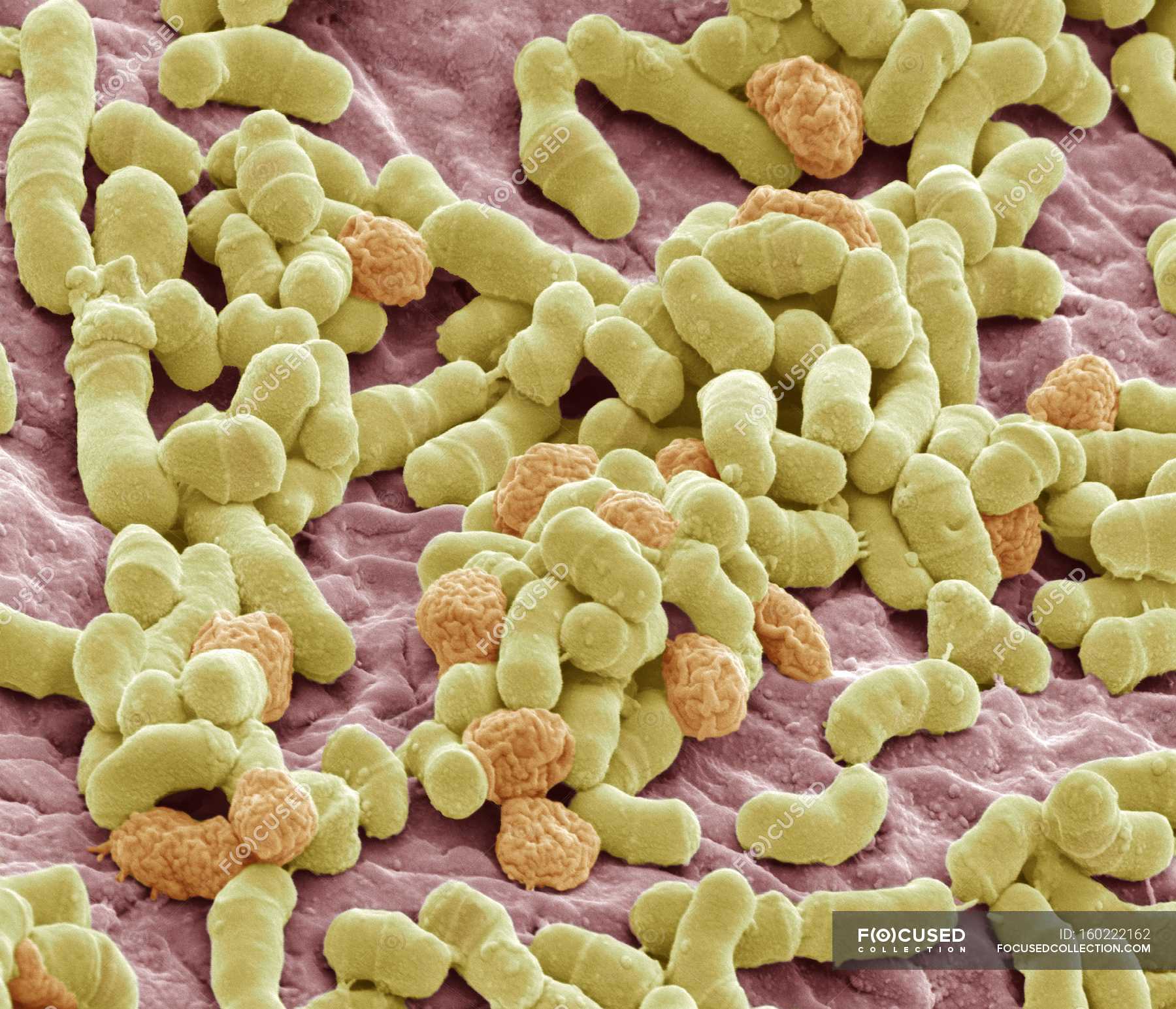
Conclusion
Fungal skin conditions are common and can be caused by a variety of fungi that thrive in warm, moist, and poorly ventilated environments. Understanding the different types of fungal skin infections, their symptoms, and the available treatments can help individuals manage these conditions effectively. By taking preventive measures and seeking medical attention when necessary, individuals can minimize the discomfort and potential complications associated with fungal skin infections.
Types, Treatment, Risk Factors, More
Fungi live everywhere. They can be found in soil, in the air, or even inside the body. They can also be found on plants, surfaces, or the skin. These microscopic organisms typically don’t cause any problems for your skin unless they multiply faster than normal or penetrate the skin through a cut or lesion.
Since fungi thrive in warm, moist environments, fungal skin infections can often develop in sweaty or damp areas that don’t get much airflow. Some examples include the feet, groin, and folds of the skin.
These infections usually appear as a scaly rash or as discolored and often itchy skin.
You often acquire a fungal skin infection through direct contact. This can include coming into contact with fungi in or on:
- another person
- an animal
- items such as clothing
- gyms
- gym mats, like those used in wrestling
- hot tubs
- saunas and steam rooms
Some fungal skin infections are very common. Although the infection can be uncomfortable and possibly contagious, it’s typically not serious unless you’re immunocompromised.
Although the infection can be uncomfortable and possibly contagious, it’s typically not serious unless you’re immunocompromised.
Did you know?
Although there are millions of species of fungi, just a few hundred of them can actually cause infections in humans, according to the Centers for Disease Control and Prevention (CDC).
What’s more, only a few of those species are dermatophytes, which can affect the skin, nails, and hair. Nondermatophyte fungi can affect the nails but are more likely to occur in other places, such as the lungs or brain.
Many common fungal infections can affect the skin.
Yeast infection (Candida skin infection)
Yeast is a type of fungus.
A yeast called Candida is naturally present on the skin and inside the human body. When it overgrows, an infection can occur, including on the skin. The most common species of Candida is Candida albicans.
Other names for a yeast infection of the skin include:
- a Candida skin infection
- a candidal skin infection
- cutaneous candidiasis
- candidiasis of the skin
The infection occurs in warm, moist, and poorly ventilated areas.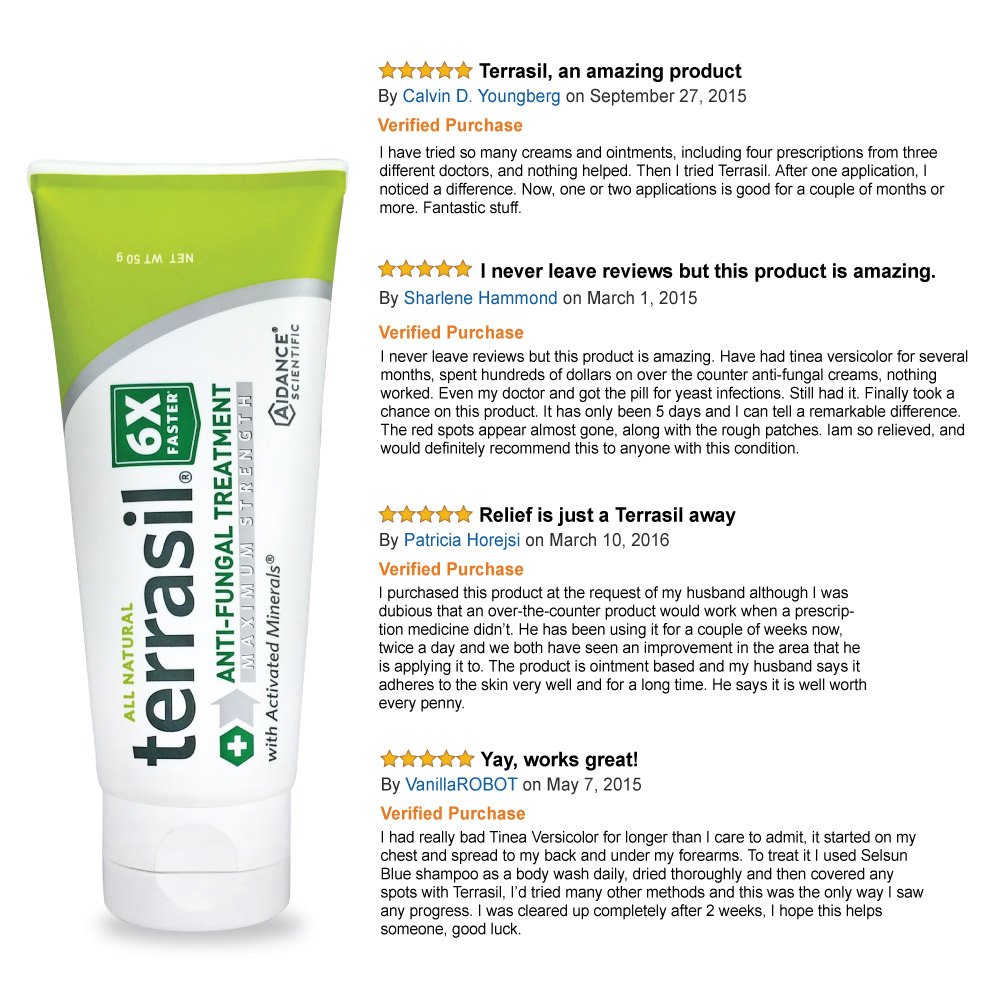 Areas that are typically infected include the folds of the buttocks (as in certain types of diaper rash) and under the breasts.
Areas that are typically infected include the folds of the buttocks (as in certain types of diaper rash) and under the breasts.
The symptoms of a yeast infection of the skin can include:
- a red or discolored rash
- itching
- stinging
- burning
- acne-like bumps around the rash
Other yeast infections
The mucous membranes are another common site of fungal infections. Some examples of yeast infections in the mucous membranes are vaginal yeast infections and oral thrush.
How it’s diagnosed
A primary care doctor should be able to diagnose a yeast infection of the skin during a physical examination. They may also swab the skin and use a skin culture to confirm that yeast is the organism causing your symptoms.
If you see a dermatologist instead, they may perform a skin scraping of the rash and then view the sample under a microscope to determine if there’s Candida growth.
How it’s treated
An important step in treating any yeast infection is keeping the skin clean and dry.
Some yeast infections will go away on their own. Prescription and over-the-counter (OTC) antifungal drugs are also available. These drugs can either kill fungi directly or prevent them from growing and thriving.
Topical versions include:
- clotrimazole
- econazole
- ketoconazole
- nystatin
- oxiconazole
To help reduce itching, you can also use a corticosteroid cream such as hydrocortisone.
Powders may help you keep your skin dry. It’s important to apply them 2 to 3 hours before or after applying any creams.
If the infection doesn’t resolve or improve, a doctor may prescribe oral antifungal medications, such as:
- fluconazole (Diflucan)
To help treat diaper rash, consider using zinc oxide creams to soothe your baby’s skin. OTC options include products from the brands:
- A+D
- Balmex
- Desitin
- Triple Paste
Home remedies such as changing diapers more frequently and using disposable diapers may also relieve symptoms.
The best disposable diapers
Check out our reviews of the best disposable diapers on the market.
Was this helpful?
Ringworm of the body (tinea corporis)
Ringworm is a common fungal skin infection. It’s highly contagious but not serious.
Despite its name, ringworm is caused by a fungus and not a worm. It typically occurs on the torso and limbs, in a subtype known as ringworm of the body (tinea corporis). Ringworm on other areas of the body can go by different names, such as jock itch and athlete’s foot.
The main symptom of ringworm is a ring-shaped rash with slightly raised edges. The skin inside these circular rashes usually looks healthy. The rash can spread and is often itchy.
Ringworm can come from petting an animal infected with the fungus or from gyms and gym mats.
How it’s diagnosed
A doctor can usually diagnose ringworm by sight or after performing a skin scraping.
Some doctors may also perform a fungal culture to help them determine a diagnosis.
How it’s treated
Ringworm of the body that’s limited to a few areas can usually be treated with a topical antifungal medication, such as:
- clotrimazole (Lotrimin AF Ringworm Cream)
- econazole
- ketoconazole (Extina, Ketozole)
- luliconazole (Luzu)
- naftifine
- oxiconazole (Oxistat)
- sulconazole (Exelderm)
- terbinafine (Lamisil AT Cream, Silka Antifungal Cream)
Doctors often recommend oral antifungals for a deeper or more extensive infection. They include:
- fluconazole (Diflucan)
- itraconazole (Sporanox)
- terbinafine
If you think you have ringworm
If you think you may have ringworm, try to refrain from using over-the-counter antifungal products (such as creams) before you receive an official diagnosis.
Using these products can make the fungus harder to identify when a healthcare professional views it under a microscope.
According to the Centers for Disease Control and Prevention (CDC), over-the-counter antifungal products aren’t effective against ringworm of the scalp (tinea capitis). This type of ringworm typically requires prescription antifungal products.
This type of ringworm typically requires prescription antifungal products.
Was this helpful?
Ringworm of the scalp (tinea capitis)
This fungal infection affects the skin of the scalp and the associated hair shafts. It’s most common in children and teens 3 to 14 years old.
You can contract ringworm of the scalp from animals, soil, or other humans (via hairbrushes or hats).
Symptoms of ringworm of the scalp (tinea capitis) can include:
- broken hair shafts
- localized bald patches that may appear scaly or red
- associated scaling and itching
- associated tenderness or pain in the patches
- patches that ooze or crust over
- permanent hair loss, in some severe cases
It may resemble severe dandruff.
It can also cause symptoms unrelated to the scalp, such as fever and swollen lymph nodes in the neck.
How it’s diagnosed
A doctor can diagnose ringworm of the scalp during a physical examination.
They usually perform a skin scraping, such as a skin lesion KOH exam. In the skin lesion KOH exam, skin scrapings are mixed with potassium hydrochloride (KOH) to determine if fungi are present.
How it’s treated
Ringworm of the scalp requires prescription oral medication, which may come in the form of a tablet, capsule, or liquid. Examples include:
- fluconazole (Diflucan)
- griseofulvin (Fulvicin, Gris-PEG), which is typically the drug of choice and is safe for children
- itraconazole (Sporanox)
- terbinafine
Everyone with ringworm of the scalp should use an antifungal shampoo. All members of their household should use it too. Examples include ketoconazole shampoo (Nizoral Anti-Dandruff Shampoo).
Jock itch (tinea cruris)
Jock itch happens in the area near your groin and thighs. It’s most common in men and adolescent boys.
The main symptom is an itchy, red, and sometimes painful rash that typically starts in the groin or around the upper inner thighs. The rash may worsen after exercise or other physical activity and can spread to the buttocks and abdomen.
The rash may worsen after exercise or other physical activity and can spread to the buttocks and abdomen.
The affected skin may also appear:
- scaly
- flaky
- cracked
- moist and possibly macerated, in the case of an open sore
The outer border of the rash can be slightly raised and darker.
How it’s diagnosed
A doctor can diagnose jock itch during a physical examination or after examining a sample under a microscope.
How it’s treated
Treatment often begins with OTC or prescription creams.
OTC creams, sprays, and powders include:
- butenafine (Lotrimin Ultra Jock Itch Cream)
- clotrimazole (Lotrimin AF Jock Itch Antifungal Cream)
- miconazole (CareALL Miconazole Cream, Lotrimin AF Jock Itch Antifungal Powder Spray)
- terbinafine (Lamisil AT Cream for Jock Itch, Silka Antifungal Cream, Silka Jock Itch Cream)
Prescription creams include:
- econazole
- ketoconazole (Ketozole)
- luliconazole (Luzu)
- oxiconazole (Oxistat)
- sulconazole (Exelderm)
Applying a cool compress can also help soothe the skin.
If topical treatments don’t work, a doctor may prescribe oral antifungals, such as:
- fluconazole (Diflucan)
- itraconazole (Sporanox)
- terbinafine
Oral medications are typically reserved for recurrent, treatment-resistant, or chronic infections.
Tinea versicolor (pityriasis versicolor)
In tinea versicolor, small oval discolored patches develop on the skin. It’s sometimes called pityriasis versicolor.
This infection is caused by an overgrowth of a fungus called Malassezia. Malassezia is naturally present on the skin of most adults.
The discolored skin patches mostly occur on the back, chest, and upper arms, but they can also affect the scalp. They may look lighter or darker than the rest of the skin and can be red, pink, tan, or brown. On people with darker skin, the patches may appear white. These patches can be itchy, flaky, or scaly.
Tinea versicolor is more likely to appear during the summer or in areas with a warm, wet climate. It’s also common in people who work out or sweat often. The condition can sometimes return following treatment.
It’s also common in people who work out or sweat often. The condition can sometimes return following treatment.
How it’s diagnosed
A doctor can diagnose tinea versicolor with a:
- physical examination
- Wood’s lamp examination, in which a healthcare professional uses a handheld blacklight to confirm the presence of fungi or bacteria
- skin lesion biopsy, which involves removing a small skin sample and having it tested in a laboratory
- skin lesion KOH exam
How it’s treated
The standard treatment for tinea versicolor is topical products such as soaps, creams, lotions, and shampoos. Ingredients to look for include:
- ketoconazole, found in products such as prescription-strength shampoo and Extina foam
- pyrithione zinc, found in products such as Vanicream Z-Bar Medicated Cleansing Bar, Vanicream Dandruff Shampoo, and Selsun blue Itchy Dry Scalp Antidandruff Shampoo
- selenium sulfide, found in products such as Selsun blue Moisturizing Antidandruff Shampoo and Selsun blue Medicated Antidandruff Shampoo
If tinea versicolor returns following treatment, a doctor may recommend you use a medicated cleanser once or twice a month.
Oral medication is rarely needed. A doctor may prescribe a short course of oral antifungals if tinea versicolor is recurrent, treatment-resistant, widespread, severe, or creates thick scales.
They include:
- fluconazole (Diflucan)
- itraconazole (Sporanox)
Athlete’s foot (tinea pedis)
Athlete’s foot affects the skin on your feet, often between your toes. It can also appear on the soles of your feet.
Typical symptoms of athlete’s foot include:
- itching or a burning, stinging sensation between your toes or on the soles
- skin that appears red, scaly, dry, or flaky
- peeling skin
- thickened soles
- cracked or blistered skin
- deep blisters on the soles, in rare cases
In some cases, the infection can also spread to other areas. Examples include the:
- nails, as in onychomycosis
- groin, as in jock itch (tinea cruris)
- hands, as in tinea manuum
How it’s diagnosed
A doctor can diagnose athlete’s foot by observing your symptoms or performing a skin test such as the skin lesion KOH exam.
How it’s treated
You can treat athlete’s foot with a variety of OTC topical products, such as:
- butenafine (Lotrimin Ultra Athlete’s Foot Cream)
- clotrimazole (CareALL Athlete’s Foot Cream, Lotrimin AF Cream for Athlete’s Foot)
- miconazole (Desenex Athlete’s Foot Shake Powder)
- terbinafine (Lamisil AT Cream, Lamisil AT Cream for Athlete’s Foot, Silka Antifungal Cream)
- tolnaftate (Dr. Scholl’s Odor-X Antifungal Spray Powder, Lotrimin AF Athlete’s Foot Daily Prevention Deodorant Powder Spray, Tinactin Athlete’s Foot Cream)
Terbinafine tends to be the fastest-acting of these medications.
If OTC products don’t help clear up athlete’s foot within 2 weeks or so, a doctor may prescribe:
- prescription-strength topical clotrimazole
- sulconazole (Exelderm)
Doctors usually prescribe oral antifungals when the infection is recurrent, causes blisters, or involves the tops of the feet, soles, or heels. They include:
They include:
- fluconazole (Diflucan)
- griseofulvin (Fulvicin, Gris-PEG), which is safe for children
- itraconazole (Sporanox)
- terbinafine
Did you know?
Athlete’s foot tends to recur, so it’s important to dry the toes and feet thoroughly after showering or bathing. Use a powder, especially in between the toes.
Onychomycosis
Onychomycosis is a fungal infection of the nails. It can affect the fingernails or the toenails, although infections of the toenails are 7 to 10 times more common.
Symptoms of onychomycosis include nails that:
- have flaky white patches and pits near the top
- are discolored (typically yellow, brown, black, purplish, green, or white)
- are brittle or break easily
- are thick
- are raised or crusty, in the case of toenails
How it’s diagnosed
A doctor will usually take a nail clipping and some subfungal debris and send them off for a periodic acid–Schiff (PAS) stain or culture.
On some occasions, they may perform a skin lesion KOH exam. However, the PAS stains and cultures are more accurate.
How it’s treated
Prescription medications are often required to treat this type of infection. The standard treatment is oral terbinafine. It’s typically prescribed for 6 or 12 weeks, depending on whether you have a fingernail or toenail infection.
Treatment is notoriously tricky due to factors such as prolonged treatment time and the likelihood of recurrence.
Other oral antifungals that may be used include:
- fluconazole (Diflucan)
- griseofulvin (Fulvicin, Gris-PEG), which is safe for children
- itraconazole (Sporanox)
Doctors often prescribe topical antifungals as well. They include:
- ciclopirox (Ciclodan)
- efinaconazole (Jublia)
- tavaborole (Kerydin)
In severe cases, a doctor may remove some or all of an affected nail.
Emerging treatment options include lasers and light therapy. More data on their effectiveness is needed.
More data on their effectiveness is needed.
Because a rash is a common symptom of most fungal skin infections, they’re often referred to as fungal skin rashes or fungal rashes. Onychomycosis is one of the few fungal skin infections that doesn’t typically cause a rash.
Several factors can increase your risk of getting a fungal skin infection. They include:
- living in a warm or wet environment
- sweating heavily
- not keeping your skin clean and dry
- sharing items such as clothing, shoes, towels, or bedding
- wearing tight clothing or footwear that doesn’t breathe well
- taking part in activities that involve frequent skin-to-skin contact
- coming into contact with animals that may be infected
- having a weakened immune system due to immunosuppressant drugs, cancer treatment, or conditions such as HIV or AIDS
To help prevent a fungal skin infection from developing, try to keep the following tips in mind:
- Be sure to practice good hygiene.

- Do not share clothing, towels, or other personal items.
- Wear clean clothes every day, particularly socks and underwear.
- Choose clothing and shoes that breathe well. Avoid clothing or shoes that are too tight or have a restrictive fit.
- Make sure to dry off properly with a clean and dry towel after showering, bathing, or swimming.
- Wear sandals or flip-flops in locker rooms instead of walking with bare feet.
- Wipe down shared surfaces, such as gym equipment or mats.
- Stay away from animals that have signs of a fungal infection, such as missing fur or frequent scratching.
Fungal skin infections are common.
Although these infections aren’t usually serious, they can cause discomfort and irritation due to itchy or scaly red skin. If not treated, the rash may spread or become more irritated.
Many fungal skin infections eventually improve in response to OTC fungal treatments. However, call a doctor or other healthcare professional if you:
- have a fungal skin infection that does not improve, gets worse, or returns after OTC treatment
- notice patches of hair loss along with itchiness or scaly skin
- have a weakened immune system and suspect a fungal infection
- have diabetes and think you have athlete’s foot or onychomycosis
If you are immunocompromised or have diabetes, an untreated infection can lead to cellulitis or systemic infection.
Also, call a doctor or other healthcare professional if you have an infection that does not improve with OTC medications. You may need a prescription for more effective treatment.
Types, Treatment, Risk Factors, More
Fungi live everywhere. They can be found in soil, in the air, or even inside the body. They can also be found on plants, surfaces, or the skin. These microscopic organisms typically don’t cause any problems for your skin unless they multiply faster than normal or penetrate the skin through a cut or lesion.
Since fungi thrive in warm, moist environments, fungal skin infections can often develop in sweaty or damp areas that don’t get much airflow. Some examples include the feet, groin, and folds of the skin.
These infections usually appear as a scaly rash or as discolored and often itchy skin.
You often acquire a fungal skin infection through direct contact. This can include coming into contact with fungi in or on:
- another person
- an animal
- items such as clothing
- gyms
- gym mats, like those used in wrestling
- hot tubs
- saunas and steam rooms
Some fungal skin infections are very common. Although the infection can be uncomfortable and possibly contagious, it’s typically not serious unless you’re immunocompromised.
Although the infection can be uncomfortable and possibly contagious, it’s typically not serious unless you’re immunocompromised.
Did you know?
Although there are millions of species of fungi, just a few hundred of them can actually cause infections in humans, according to the Centers for Disease Control and Prevention (CDC).
What’s more, only a few of those species are dermatophytes, which can affect the skin, nails, and hair. Nondermatophyte fungi can affect the nails but are more likely to occur in other places, such as the lungs or brain.
Many common fungal infections can affect the skin.
Yeast infection (Candida skin infection)
Yeast is a type of fungus.
A yeast called Candida is naturally present on the skin and inside the human body. When it overgrows, an infection can occur, including on the skin. The most common species of Candida is Candida albicans.
Other names for a yeast infection of the skin include:
- a Candida skin infection
- a candidal skin infection
- cutaneous candidiasis
- candidiasis of the skin
The infection occurs in warm, moist, and poorly ventilated areas. Areas that are typically infected include the folds of the buttocks (as in certain types of diaper rash) and under the breasts.
Areas that are typically infected include the folds of the buttocks (as in certain types of diaper rash) and under the breasts.
The symptoms of a yeast infection of the skin can include:
- a red or discolored rash
- itching
- stinging
- burning
- acne-like bumps around the rash
Other yeast infections
The mucous membranes are another common site of fungal infections. Some examples of yeast infections in the mucous membranes are vaginal yeast infections and oral thrush.
How it’s diagnosed
A primary care doctor should be able to diagnose a yeast infection of the skin during a physical examination. They may also swab the skin and use a skin culture to confirm that yeast is the organism causing your symptoms.
If you see a dermatologist instead, they may perform a skin scraping of the rash and then view the sample under a microscope to determine if there’s Candida growth.
How it’s treated
An important step in treating any yeast infection is keeping the skin clean and dry.
Some yeast infections will go away on their own. Prescription and over-the-counter (OTC) antifungal drugs are also available. These drugs can either kill fungi directly or prevent them from growing and thriving.
Topical versions include:
- clotrimazole
- econazole
- ketoconazole
- nystatin
- oxiconazole
To help reduce itching, you can also use a corticosteroid cream such as hydrocortisone.
Powders may help you keep your skin dry. It’s important to apply them 2 to 3 hours before or after applying any creams.
If the infection doesn’t resolve or improve, a doctor may prescribe oral antifungal medications, such as:
- fluconazole (Diflucan)
To help treat diaper rash, consider using zinc oxide creams to soothe your baby’s skin. OTC options include products from the brands:
- A+D
- Balmex
- Desitin
- Triple Paste
Home remedies such as changing diapers more frequently and using disposable diapers may also relieve symptoms.
The best disposable diapers
Check out our reviews of the best disposable diapers on the market.
Was this helpful?
Ringworm of the body (tinea corporis)
Ringworm is a common fungal skin infection. It’s highly contagious but not serious.
Despite its name, ringworm is caused by a fungus and not a worm. It typically occurs on the torso and limbs, in a subtype known as ringworm of the body (tinea corporis). Ringworm on other areas of the body can go by different names, such as jock itch and athlete’s foot.
The main symptom of ringworm is a ring-shaped rash with slightly raised edges. The skin inside these circular rashes usually looks healthy. The rash can spread and is often itchy.
Ringworm can come from petting an animal infected with the fungus or from gyms and gym mats.
How it’s diagnosed
A doctor can usually diagnose ringworm by sight or after performing a skin scraping.
Some doctors may also perform a fungal culture to help them determine a diagnosis.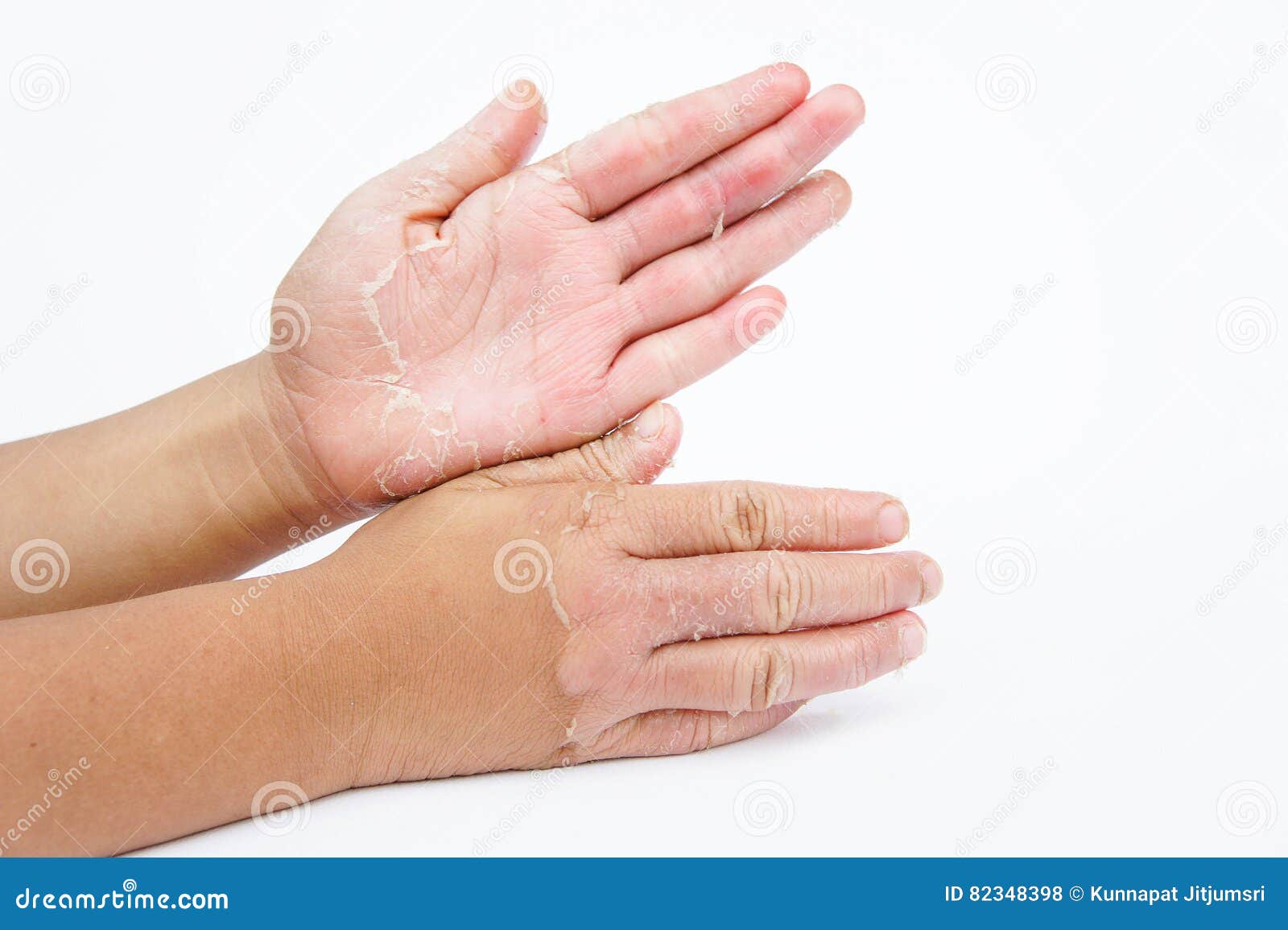
How it’s treated
Ringworm of the body that’s limited to a few areas can usually be treated with a topical antifungal medication, such as:
- clotrimazole (Lotrimin AF Ringworm Cream)
- econazole
- ketoconazole (Extina, Ketozole)
- luliconazole (Luzu)
- naftifine
- oxiconazole (Oxistat)
- sulconazole (Exelderm)
- terbinafine (Lamisil AT Cream, Silka Antifungal Cream)
Doctors often recommend oral antifungals for a deeper or more extensive infection. They include:
- fluconazole (Diflucan)
- itraconazole (Sporanox)
- terbinafine
If you think you have ringworm
If you think you may have ringworm, try to refrain from using over-the-counter antifungal products (such as creams) before you receive an official diagnosis.
Using these products can make the fungus harder to identify when a healthcare professional views it under a microscope.
According to the Centers for Disease Control and Prevention (CDC), over-the-counter antifungal products aren’t effective against ringworm of the scalp (tinea capitis). This type of ringworm typically requires prescription antifungal products.
This type of ringworm typically requires prescription antifungal products.
Was this helpful?
Ringworm of the scalp (tinea capitis)
This fungal infection affects the skin of the scalp and the associated hair shafts. It’s most common in children and teens 3 to 14 years old.
You can contract ringworm of the scalp from animals, soil, or other humans (via hairbrushes or hats).
Symptoms of ringworm of the scalp (tinea capitis) can include:
- broken hair shafts
- localized bald patches that may appear scaly or red
- associated scaling and itching
- associated tenderness or pain in the patches
- patches that ooze or crust over
- permanent hair loss, in some severe cases
It may resemble severe dandruff.
It can also cause symptoms unrelated to the scalp, such as fever and swollen lymph nodes in the neck.
How it’s diagnosed
A doctor can diagnose ringworm of the scalp during a physical examination.
They usually perform a skin scraping, such as a skin lesion KOH exam. In the skin lesion KOH exam, skin scrapings are mixed with potassium hydrochloride (KOH) to determine if fungi are present.
How it’s treated
Ringworm of the scalp requires prescription oral medication, which may come in the form of a tablet, capsule, or liquid. Examples include:
- fluconazole (Diflucan)
- griseofulvin (Fulvicin, Gris-PEG), which is typically the drug of choice and is safe for children
- itraconazole (Sporanox)
- terbinafine
Everyone with ringworm of the scalp should use an antifungal shampoo. All members of their household should use it too. Examples include ketoconazole shampoo (Nizoral Anti-Dandruff Shampoo).
Jock itch (tinea cruris)
Jock itch happens in the area near your groin and thighs. It’s most common in men and adolescent boys.
The main symptom is an itchy, red, and sometimes painful rash that typically starts in the groin or around the upper inner thighs. The rash may worsen after exercise or other physical activity and can spread to the buttocks and abdomen.
The rash may worsen after exercise or other physical activity and can spread to the buttocks and abdomen.
The affected skin may also appear:
- scaly
- flaky
- cracked
- moist and possibly macerated, in the case of an open sore
The outer border of the rash can be slightly raised and darker.
How it’s diagnosed
A doctor can diagnose jock itch during a physical examination or after examining a sample under a microscope.
How it’s treated
Treatment often begins with OTC or prescription creams.
OTC creams, sprays, and powders include:
- butenafine (Lotrimin Ultra Jock Itch Cream)
- clotrimazole (Lotrimin AF Jock Itch Antifungal Cream)
- miconazole (CareALL Miconazole Cream, Lotrimin AF Jock Itch Antifungal Powder Spray)
- terbinafine (Lamisil AT Cream for Jock Itch, Silka Antifungal Cream, Silka Jock Itch Cream)
Prescription creams include:
- econazole
- ketoconazole (Ketozole)
- luliconazole (Luzu)
- oxiconazole (Oxistat)
- sulconazole (Exelderm)
Applying a cool compress can also help soothe the skin.
If topical treatments don’t work, a doctor may prescribe oral antifungals, such as:
- fluconazole (Diflucan)
- itraconazole (Sporanox)
- terbinafine
Oral medications are typically reserved for recurrent, treatment-resistant, or chronic infections.
Tinea versicolor (pityriasis versicolor)
In tinea versicolor, small oval discolored patches develop on the skin. It’s sometimes called pityriasis versicolor.
This infection is caused by an overgrowth of a fungus called Malassezia. Malassezia is naturally present on the skin of most adults.
The discolored skin patches mostly occur on the back, chest, and upper arms, but they can also affect the scalp. They may look lighter or darker than the rest of the skin and can be red, pink, tan, or brown. On people with darker skin, the patches may appear white. These patches can be itchy, flaky, or scaly.
Tinea versicolor is more likely to appear during the summer or in areas with a warm, wet climate.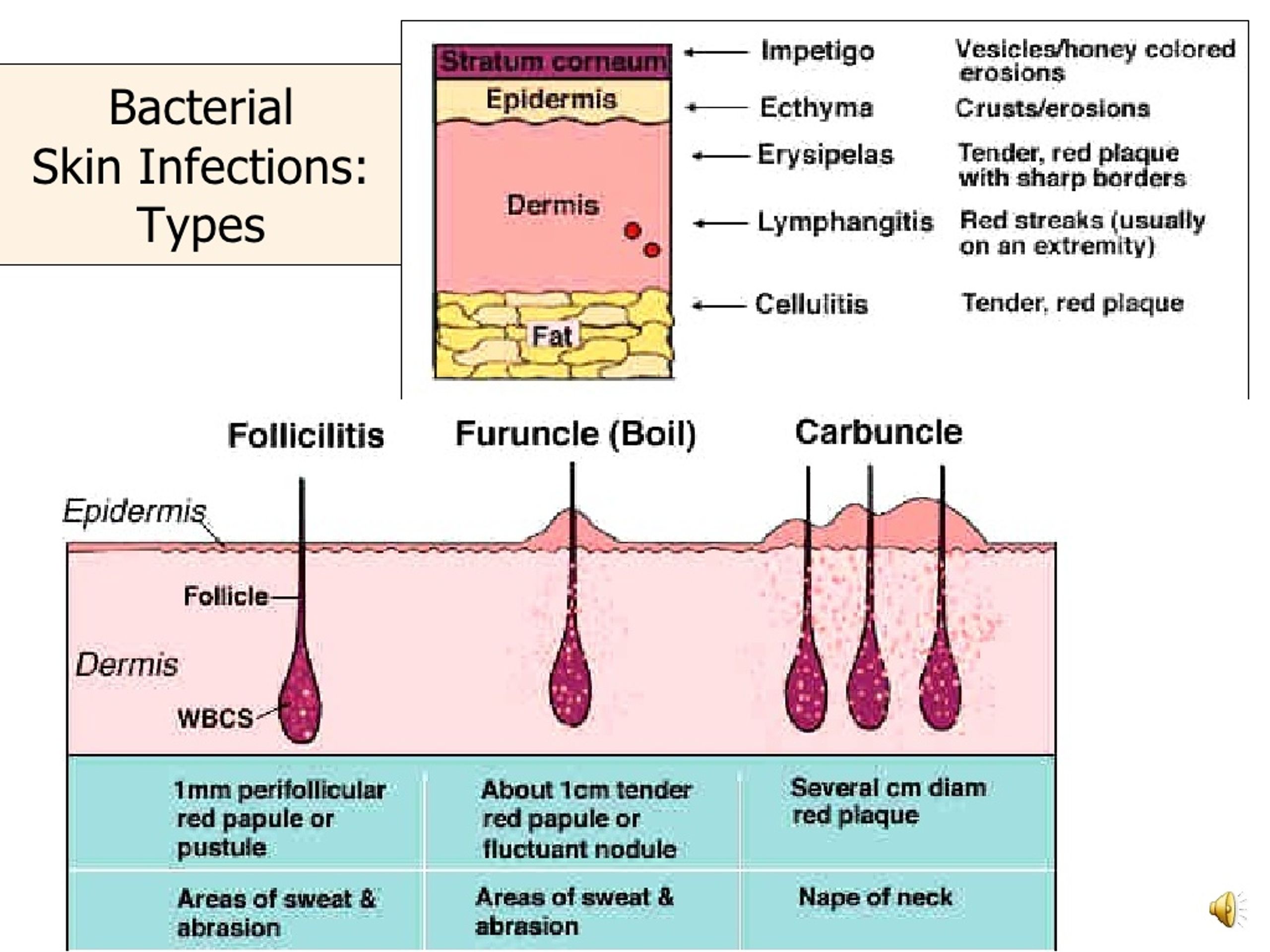 It’s also common in people who work out or sweat often. The condition can sometimes return following treatment.
It’s also common in people who work out or sweat often. The condition can sometimes return following treatment.
How it’s diagnosed
A doctor can diagnose tinea versicolor with a:
- physical examination
- Wood’s lamp examination, in which a healthcare professional uses a handheld blacklight to confirm the presence of fungi or bacteria
- skin lesion biopsy, which involves removing a small skin sample and having it tested in a laboratory
- skin lesion KOH exam
How it’s treated
The standard treatment for tinea versicolor is topical products such as soaps, creams, lotions, and shampoos. Ingredients to look for include:
- ketoconazole, found in products such as prescription-strength shampoo and Extina foam
- pyrithione zinc, found in products such as Vanicream Z-Bar Medicated Cleansing Bar, Vanicream Dandruff Shampoo, and Selsun blue Itchy Dry Scalp Antidandruff Shampoo
- selenium sulfide, found in products such as Selsun blue Moisturizing Antidandruff Shampoo and Selsun blue Medicated Antidandruff Shampoo
If tinea versicolor returns following treatment, a doctor may recommend you use a medicated cleanser once or twice a month.
Oral medication is rarely needed. A doctor may prescribe a short course of oral antifungals if tinea versicolor is recurrent, treatment-resistant, widespread, severe, or creates thick scales.
They include:
- fluconazole (Diflucan)
- itraconazole (Sporanox)
Athlete’s foot (tinea pedis)
Athlete’s foot affects the skin on your feet, often between your toes. It can also appear on the soles of your feet.
Typical symptoms of athlete’s foot include:
- itching or a burning, stinging sensation between your toes or on the soles
- skin that appears red, scaly, dry, or flaky
- peeling skin
- thickened soles
- cracked or blistered skin
- deep blisters on the soles, in rare cases
In some cases, the infection can also spread to other areas. Examples include the:
- nails, as in onychomycosis
- groin, as in jock itch (tinea cruris)
- hands, as in tinea manuum
How it’s diagnosed
A doctor can diagnose athlete’s foot by observing your symptoms or performing a skin test such as the skin lesion KOH exam.
How it’s treated
You can treat athlete’s foot with a variety of OTC topical products, such as:
- butenafine (Lotrimin Ultra Athlete’s Foot Cream)
- clotrimazole (CareALL Athlete’s Foot Cream, Lotrimin AF Cream for Athlete’s Foot)
- miconazole (Desenex Athlete’s Foot Shake Powder)
- terbinafine (Lamisil AT Cream, Lamisil AT Cream for Athlete’s Foot, Silka Antifungal Cream)
- tolnaftate (Dr. Scholl’s Odor-X Antifungal Spray Powder, Lotrimin AF Athlete’s Foot Daily Prevention Deodorant Powder Spray, Tinactin Athlete’s Foot Cream)
Terbinafine tends to be the fastest-acting of these medications.
If OTC products don’t help clear up athlete’s foot within 2 weeks or so, a doctor may prescribe:
- prescription-strength topical clotrimazole
- sulconazole (Exelderm)
Doctors usually prescribe oral antifungals when the infection is recurrent, causes blisters, or involves the tops of the feet, soles, or heels. They include:
They include:
- fluconazole (Diflucan)
- griseofulvin (Fulvicin, Gris-PEG), which is safe for children
- itraconazole (Sporanox)
- terbinafine
Did you know?
Athlete’s foot tends to recur, so it’s important to dry the toes and feet thoroughly after showering or bathing. Use a powder, especially in between the toes.
Onychomycosis
Onychomycosis is a fungal infection of the nails. It can affect the fingernails or the toenails, although infections of the toenails are 7 to 10 times more common.
Symptoms of onychomycosis include nails that:
- have flaky white patches and pits near the top
- are discolored (typically yellow, brown, black, purplish, green, or white)
- are brittle or break easily
- are thick
- are raised or crusty, in the case of toenails
How it’s diagnosed
A doctor will usually take a nail clipping and some subfungal debris and send them off for a periodic acid–Schiff (PAS) stain or culture.
On some occasions, they may perform a skin lesion KOH exam. However, the PAS stains and cultures are more accurate.
How it’s treated
Prescription medications are often required to treat this type of infection. The standard treatment is oral terbinafine. It’s typically prescribed for 6 or 12 weeks, depending on whether you have a fingernail or toenail infection.
Treatment is notoriously tricky due to factors such as prolonged treatment time and the likelihood of recurrence.
Other oral antifungals that may be used include:
- fluconazole (Diflucan)
- griseofulvin (Fulvicin, Gris-PEG), which is safe for children
- itraconazole (Sporanox)
Doctors often prescribe topical antifungals as well. They include:
- ciclopirox (Ciclodan)
- efinaconazole (Jublia)
- tavaborole (Kerydin)
In severe cases, a doctor may remove some or all of an affected nail.
Emerging treatment options include lasers and light therapy. More data on their effectiveness is needed.
More data on their effectiveness is needed.
Because a rash is a common symptom of most fungal skin infections, they’re often referred to as fungal skin rashes or fungal rashes. Onychomycosis is one of the few fungal skin infections that doesn’t typically cause a rash.
Several factors can increase your risk of getting a fungal skin infection. They include:
- living in a warm or wet environment
- sweating heavily
- not keeping your skin clean and dry
- sharing items such as clothing, shoes, towels, or bedding
- wearing tight clothing or footwear that doesn’t breathe well
- taking part in activities that involve frequent skin-to-skin contact
- coming into contact with animals that may be infected
- having a weakened immune system due to immunosuppressant drugs, cancer treatment, or conditions such as HIV or AIDS
To help prevent a fungal skin infection from developing, try to keep the following tips in mind:
- Be sure to practice good hygiene.

- Do not share clothing, towels, or other personal items.
- Wear clean clothes every day, particularly socks and underwear.
- Choose clothing and shoes that breathe well. Avoid clothing or shoes that are too tight or have a restrictive fit.
- Make sure to dry off properly with a clean and dry towel after showering, bathing, or swimming.
- Wear sandals or flip-flops in locker rooms instead of walking with bare feet.
- Wipe down shared surfaces, such as gym equipment or mats.
- Stay away from animals that have signs of a fungal infection, such as missing fur or frequent scratching.
Fungal skin infections are common.
Although these infections aren’t usually serious, they can cause discomfort and irritation due to itchy or scaly red skin. If not treated, the rash may spread or become more irritated.
Many fungal skin infections eventually improve in response to OTC fungal treatments. However, call a doctor or other healthcare professional if you:
- have a fungal skin infection that does not improve, gets worse, or returns after OTC treatment
- notice patches of hair loss along with itchiness or scaly skin
- have a weakened immune system and suspect a fungal infection
- have diabetes and think you have athlete’s foot or onychomycosis
If you are immunocompromised or have diabetes, an untreated infection can lead to cellulitis or systemic infection.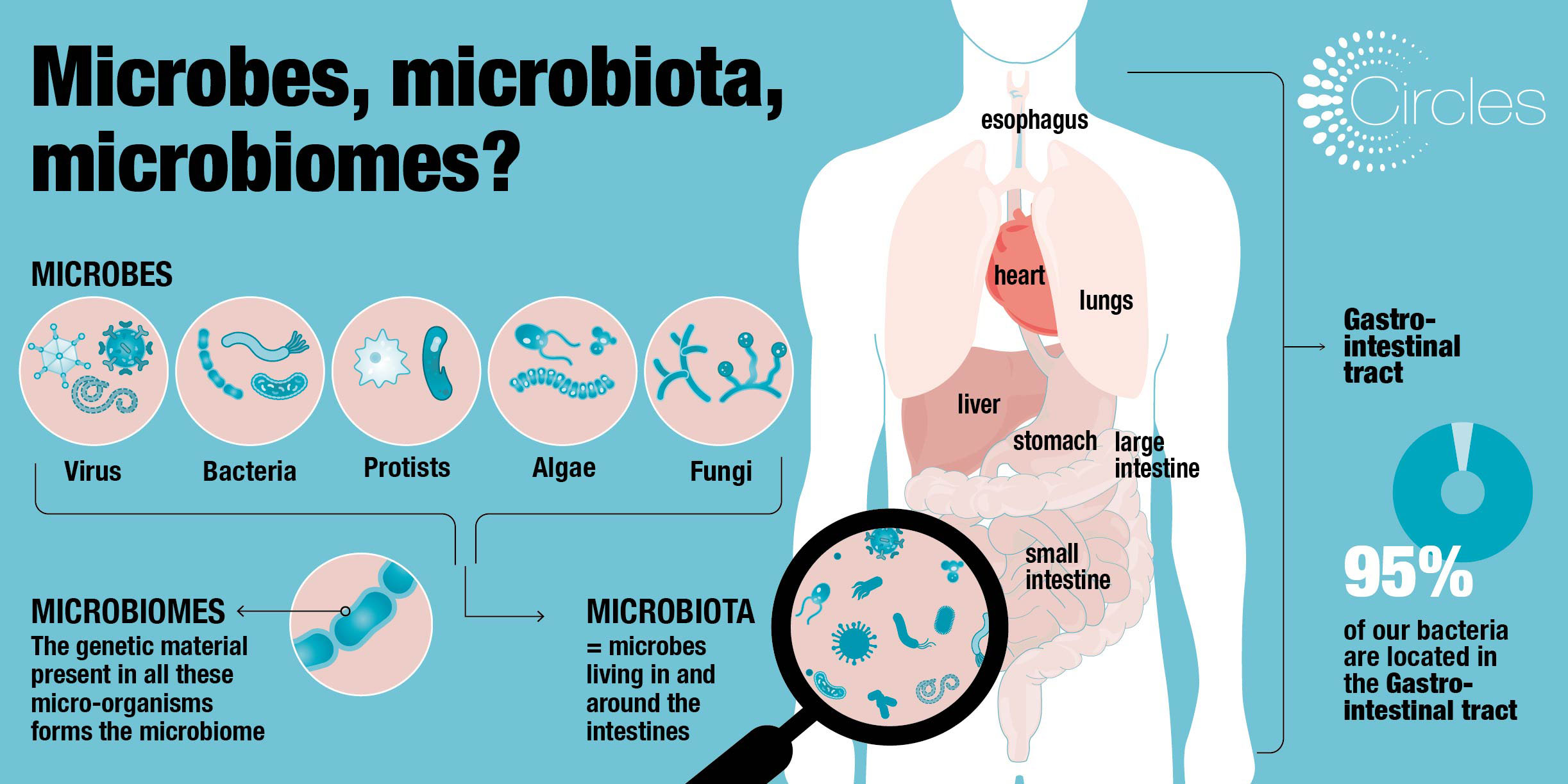
Also, call a doctor or other healthcare professional if you have an infection that does not improve with OTC medications. You may need a prescription for more effective treatment.
diagnostics, treatment, preparations and ointments
Where can I buy?
Encyclopedia
Fungus
Damage to human skin by pathogenic fungi is called skin fungus.
The author of the article
Moshkova Elena Mikhailovna
Dermatovenereologist, head of the KDO for the provision of paid services, St. Petersburg State Budgetary Institution of Healthcare “City Dermatovenerologic Dispensary”, St. Petersburg.
Audio version of the page:
Where can a fungal infection be localized in the body?
Human skin is a habitual habitat for various bacteria and fungi. And most of these cohabitants are representatives of the normal microflora of the skin. That is, their number is insignificant in order to form complications for the body. However, reduced immunity, taking certain medications, skin abrasions, and other predisposing factors increase the risk of a fungal infection.
That is, their number is insignificant in order to form complications for the body. However, reduced immunity, taking certain medications, skin abrasions, and other predisposing factors increase the risk of a fungal infection.
Any fungal disease is called mycosis . All mycoses can be divided into superficial and deep.
Superficial mycoses include:
- Dermatophytosis (fungi)
- Candidiasis of the skin and mucous membranes (fungi of the genus Candida)
- Rare superficial mycoses
Deep mycoses:
- Actinomycosis (causative agent – bacteria Actinomycetes. The disease is characterized by a chronic purulent process of the skin, bones and internal organs)
- Mycetoma (capable of causing about 20 different types of fungi. Actinomycetes bacteria can also be involved. Fungi penetrate the body through wounds and skin abrasions. As a rule, thickening appears on the skin of the hand or foot, fistulous passages are formed.
 Bones are involved in the process, leading to limb deformity)
Bones are involved in the process, leading to limb deformity) - Chromoblastomycosis (causative agent – dimorphic fungi that live mainly in the soil. Chronic purulent inflammation of the skin and subcutaneous fatty tissue occurs, keloid-like scars can form)
- Sporotrichosis (pathogen – Sporothrix schenckii – a saprophytic fungus that lives in the soil and on decaying plants. The disease can affect the skin, lungs, bones, joints, central nervous system)
The most common superficial mycoses are dermatophytosis and candida fungal infection.
How to treat a fungus of the skin, see a short video of a dermatovenereologist, professor, doctor of medical sciences, Tamrazova Olga Borisovna
Dermatophytosis
Diseases caused by dermatophyte fungi. These fungi live by nourishing the skin, hair, and nails with keratin.
In humans, the causative agents of dermatophytosis are fungi of the genus Trichophyton, Microsporum, Epidermophyton.
Fungal diseases of the nails
The most common fungus of the toenails (onychomycosis). But we must not forget about the fungal infection of the nails on the hands. Any dermatophyte fungus can cause onychomycosis . The most common fungi are T. rubrum and T. mentagrophytes var. interdigitale. The main complaint of patients with this disease is the unaesthetic appearance of the nail plates: discoloration, thickening of the nail.
In a fungal infection, the nails turn yellow, brown or black discoloration may appear, in some cases whitish and gray. More often, the nail plates with onychomycosis thicken, up to onychogryphosis (thickening of the nail plate with a curvature in the form of a claw of a griffon bird). Sometimes such nails take the form of a horn or a spiral, in advanced cases, the size reaches up to 8 cm. The surface of the nail with onychogryphosis is most often uneven. There is also onycholysis – detachment of the nail plate from the nail bed. At the same time, many people do not attach importance to the changes in the nail plates that have begun and seek help from a specialist when the problem is already difficult to hide. It is important that the untreated fungus of one nail will eventually pass to other plates. Then it will be impossible to solve the problem only with external therapy. You will need to prescribe antifungal drugs inside.
At the same time, many people do not attach importance to the changes in the nail plates that have begun and seek help from a specialist when the problem is already difficult to hide. It is important that the untreated fungus of one nail will eventually pass to other plates. Then it will be impossible to solve the problem only with external therapy. You will need to prescribe antifungal drugs inside.
In any case, before making a diagnosis, it is necessary to examine a piece of the nail for mycelium of the fungus by a doctor. If the result is negative, you need to think about other diseases masquerading as nail fungus (nail psoriasis, yellow nail syndrome, bacterial infection, etc.).
Fungus of the skin of the feet
Mycoses of the feet (rubrophytosis, epidermophytosis) are rare in children. The main predisposing factor for the development of infection is a change in the composition of sebum and skin pH. Skin abrasions when wearing tight shoes, sweating feet, wearing synthetic socks increase the risk of fungal attachment. Depending on the time of existence of the disease and other factors, the clinical picture may vary. From an erased form with minimal manifestations in the form of slight peeling and cracks to diaper rash with erosion, deep and painful cracks.
Depending on the time of existence of the disease and other factors, the clinical picture may vary. From an erased form with minimal manifestations in the form of slight peeling and cracks to diaper rash with erosion, deep and painful cracks.
For eczema with localization on the feet, it makes sense to exclude a fungal infection.
How to treat foot fungus, see the video of Professor Tamrazova O.B.
Skin fungus of the hands
Fungal infection on the hands can be only on one hand – the working one. The term “syndrome of two feet and one hand” has become entrenched in the medical community – a combination of mycosis of two feet at once and the localization of the fungal process on one hand.
This syndrome indicates self-infection of the skin of the hand from the feet, for example, when scratching to relieve itching.
Fungus on the skin of the body
T. rubrum can be localized on any part of the body, including the face. In a typical variant, the rash is represented by pinkish-red spots with a bluish tinge, peeling, and there may be a red roller on the border with healthy skin. When the lesion is located in large folds of the skin (groin, under the mammary glands), severe itching occurs.
In a typical variant, the rash is represented by pinkish-red spots with a bluish tinge, peeling, and there may be a red roller on the border with healthy skin. When the lesion is located in large folds of the skin (groin, under the mammary glands), severe itching occurs.
Doctors classify some fungal infections into a separate group – keratomycosis (fungi affect the most superficial layer of the epidermis of the skin – horny), so there is no inflammation of the skin, as with other mycoses. This group includes versicolor versicolor (pityriasis). The causative agent is Pityrosporum ovale. Rashes are localized in places of increased sweating. Represented by spots of pink or pink-yellow color. On tanned skin, they look like white spots. The sizes of rashes vary from 1 cm to 10-15 cm and more.
There is also a group of extremely contagious fungal diseases:
- Microsporia
- Trichophytosis
Microsporia
Microsporia can affect the scalp, trunk, arms and legs. The causative agent is fungi of the genus Microsporum.
The causative agent is fungi of the genus Microsporum.
The hair on the head breaks off at a height of 4-5 mm from the surface of the skin, so microsporia has a second name – ringworm. On the skin of the body, the disease appears in pink spots with gray scales.
The source of the disease is animals with microsporia and an infected person. You can also get infected in public places, through household items.
Trichophytosis
Trichophytosis affects the scalp, may appear on the skin of the body and affect the nails. On the head, the hair breaks off almost to the very root. On the skin of the body, edematous spots form with a sharp border with healthy skin. There may be small bubbles on the surface of the spots. In the chronic course of the disease, the nail plates can also be affected.
The disease is transmitted from a sick person and through contaminated objects of common use (for example, through hairdressing accessories, toys).
Favus (scab)
Pathogen – Trichophyton schonleinii. Dirty gray and yellow crusts form on the scalp, visually resembling a honeycomb. With a long duration of this disease and the absence of treatment, persistent baldness is formed.
Dirty gray and yellow crusts form on the scalp, visually resembling a honeycomb. With a long duration of this disease and the absence of treatment, persistent baldness is formed.
Candidiasis of the skin and mucous membranes
Candidiasis of the skin
They like to settle in large folds (axillary, inguinal, under the mammary glands, fold of the lower abdomen) fungi of the genus Candida are unicellular yeast fungi. Usually, there must be predisposing factors for the occurrence of a candidal skin infection, for example: reduced immunity, HIV infection, high blood sugar, active sweating, skin friction, some skin diseases. The main symptom suggestive of skin candidiasis is a whitish plaque that can be removed against the background of reddening of the skin.
Fungus in the oral cavity
Under certain factors (antibiotic therapy, decreased immunity), the active growth and reproduction of the fungus of the genus Candida in the oral cavity occurs, which leads to the development of symptoms of a fungal disease.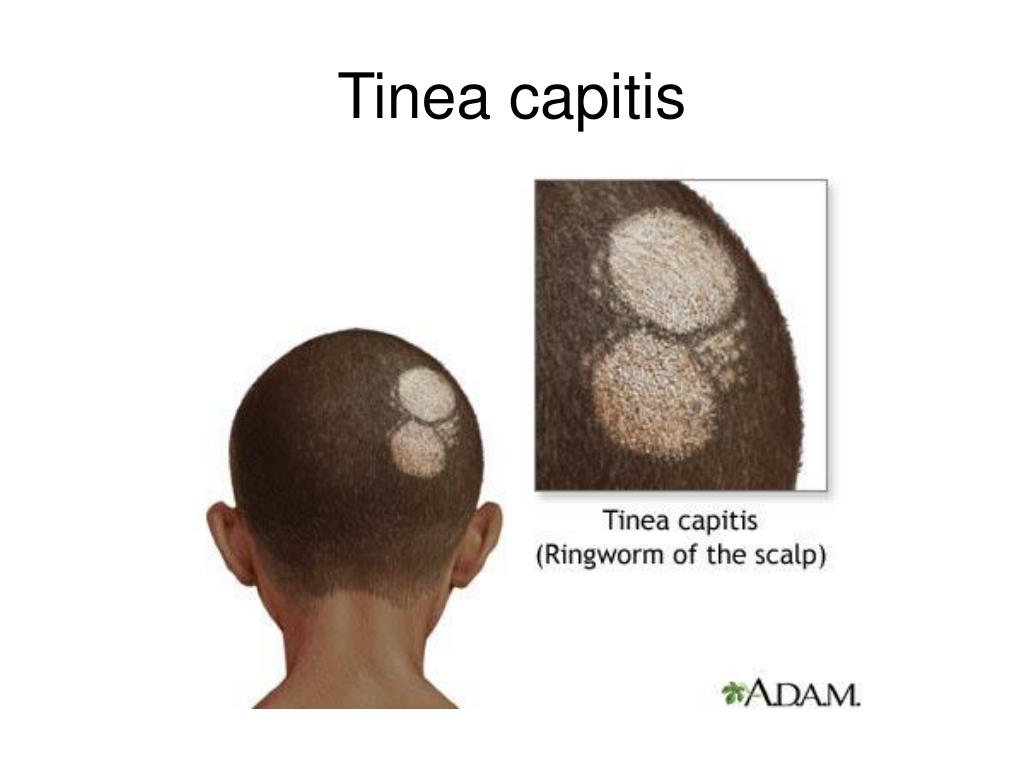 In this case, there may be candidal pharyngitis, glossitis (inflammation of the tongue), tonsillitis (inflammation of the tonsils), stomatitis (inflammation of the oral mucosa), gingivitis (inflammation of the gums), cheilitis (inflammation of the red border of the lips, seizures). Patients often complain of pain when eating, dry mouth, burning sensation.
In this case, there may be candidal pharyngitis, glossitis (inflammation of the tongue), tonsillitis (inflammation of the tonsils), stomatitis (inflammation of the oral mucosa), gingivitis (inflammation of the gums), cheilitis (inflammation of the red border of the lips, seizures). Patients often complain of pain when eating, dry mouth, burning sensation.
Fungus on the mucous membrane of the genital organs
The development of thrush (urogenital candidiasis) occurs as a result of a violation of the normal microflora of the vagina and the active growth of fungi of the genus Candida. The main symptoms of the disease are itching, burning, discomfort in the intimate area, the appearance of curdled discharge.
In men, fungi of the genus Candida cause the development of diseases such as candidal balanoposthitis (inflammation of the skin of the glans penis and foreskin), urethritis.
Diagnosis of skin fungus
To diagnose any disease, it is important to honestly answer the following questions in a conversation with a doctor:
- Is it the first time a rash of this nature has appeared?
- How did the disease start and when?
- What do you attribute the rash to?
- Have you ever consulted a doctor about this skin process?
- What was the treatment and what was the effect of the previous therapy?
It is advisable not to apply fucorcin, brilliant green, methylene blue solution, iodine to the focus with a skin rash – this can make it difficult to visually assess the skin process. To establish a diagnosis, it is important for a doctor to find “primary morphological elements” in the lesion. Antiseptics stain the skin and make it difficult to find or completely mask the elements.
To establish a diagnosis, it is important for a doctor to find “primary morphological elements” in the lesion. Antiseptics stain the skin and make it difficult to find or completely mask the elements.
Your doctor may use a Wood’s lamp test to diagnose a fungal infection. For example, microsporia is characterized by an emerald glow. Dermoscopy (examination of the skin under magnification with a dermatoscope) can also help in the diagnosis.
However, a skin scraping or examination of a piece of a nail for fungus mycelium is of the greatest value. In some cases, it may be necessary to culture a sample of the affected area with the determination of the activity of antimicrobial drugs (antifungal drugs) for a specific type of microorganism.
Treatment of skin fungus
After diagnosis, treatment is prescribed, which depends on the location and extent of the fungal infection, as well as the presence of concomitant diseases. The doctor may prescribe both topical therapy and complex therapy using antifungal drugs for oral administration.
For the treatment of nail fungus, in addition to the main treatment, mechanical treatment and laser therapy of the nail plates may be recommended.
Types of drugs for the treatment of skin fungus
Shampoos, creams, ointments, solutions, sprays with antimycotics can be used for skin fungus. Doctors prescribe these dosage forms, guided not only by the localization of skin mycosis, but also by the active substance included in the composition.
e.g. topical preparations containing sertaconazole, clotrimazole, ketoconazole 2 , in a number of studies have shown high efficiency in skin candidiasis, pityriasis versicolor, seborrheic dermatitis, erythrasma, candidal vulvitis.
Although many antifungal drugs are effective in the treatment of most fungal infections, there is a risk of fungal resistance to the active ingredients. A wide spectrum of action and several antifungal mechanisms (triple action) make it possible to distinguish among the list of drugs drugs based on sertaconazole .
Instruction
Zalain ® Cream for the treatment of skin fungus
Cream based on the antimycotic sertaconazole (Zalain ® Cream 2%) is indicated for the treatment of various fungal infections of the body and face, as well as feet and hands. Doctors prescribe the drug in the treatment of versicolor (pityriasis), seborrheic dermatitis 4 .
Zalain® Cream 2% has a triple mechanism of action 14 :
- Promotes the destruction of fungi (fungicidal action)
- Inhibits its development (fungistatic action)
- In fungi of the genus Candida, it inhibits the transition of the fungus from a neutral form to a pathogenic one
Due to the pronounced fungicidal action (destruction of the fungus), the problem of resistance against fungi of the genus Candida is solved. In addition, benzothiafene has lipophilicity, which ensures good penetration of the drug into the skin, which enhances the local antifungal effect.
In addition, benzothiafene has lipophilicity, which ensures good penetration of the drug into the skin, which enhances the local antifungal effect.
Zalain ® is active against fungal pathogens – Candida albicans, Candida tropicalis, Pityrosporum orbiculare, Malassezia spp, Trichophyton and Microsporum. Also acts on Gram-positive bacteria (Streptococcus spp., Staphylococcus spp.) and protozoa.
Has an antibacterial, anti-inflammatory effect, helps relieve itching 4 .
With daily topical application of the drug based on sertaconazole for two weeks, the components of the drug are not detected in the urine and blood. The same can be noted when using vaginal suppositories with sertaconazole 3 , which indicates a high safety profile of the drug. Therefore, the agent is widely used in medicine in various dosage forms 5 .
Doctors recommend applying a thin layer on rashes covering 1 cm of healthy skin 1-2 times a day for 2-4 weeks.
Has a triple effect: antifungal, antipruritic, anti-inflammatory
Used 1-2 times a day
Where to buy Zalain ® Cream for the treatment of skin fungus
or
Find the nearest pharmacy
Prevention of skin fungus
The main thing in the prevention of skin and nail fungus is personal hygiene:
do not wear someone else’s shoes
use personal manicure accessories
in public places (bath, sauna, pool) do not walk barefoot
wear underwear made of natural, breathable materials
monitor the health of the whole body, including keeping blood sugar levels under control
when washing the body do not use aggressive products that can upset the balance of skin microflora
For intimate hygiene, choose the “right” products.
Zalagel ® Intim
Zalagel ® Intim is a moisturizing gel for external intimate hygiene that gently cleanses the skin of the delicate area. The tea tree oil, which is part of Zalagel® Intimate, has antifungal, antibacterial, antiprotozoal (detrimental to protozoan unicellular microorganisms), antiviral effects, relieves itching.
Slightly alkaline pH (8-9) Zalagel ® Intim promotes the creation of a destructive environment for fungi of the genus Candida (causative agent of thrush). Betaine, which is part of the gel, prevents dryness of the intimate area, maintains the physiological balance of the skin and mucous membranes. The tool is suitable for daily care of the intimate area, including during the treatment of various gynecological diseases.
Gently cleanses the intimate area
Creates a destructive environment for fungi of the Candida genus
Protects the female genital organs from infections
Tea tree oil in the composition of the product has an antibacterial and antiviral effect
Reduces itching and irritation 9000 3
Where to buy Zalagel ® Intimacy
or
Find the nearest pharmacy
Instruction
Answers to questions
What happens if the fungus is not treated?
Answer: it all depends on the causative agent of the fungal infection. Some diseases are highly contagious, such as microsporia. It is impossible to leave microsporia without treatment. Others, such as multi-colored lichen, will cause a problem only to its owner. It is advisable to start treating fungal nail infections as soon as a change in the color or density of the nail plastic is noticed, otherwise only local therapy is indispensable.
Some diseases are highly contagious, such as microsporia. It is impossible to leave microsporia without treatment. Others, such as multi-colored lichen, will cause a problem only to its owner. It is advisable to start treating fungal nail infections as soon as a change in the color or density of the nail plastic is noticed, otherwise only local therapy is indispensable.
How long can topical anti-fungal agents be used?
Answer: for each drug, the duration and scheme of application will be different.
How can you tell if it’s a fungal infection?
Answer: It is impossible to recognize a certain fungal disease on your own, you need to seek medical help from a dermatologist. Even discoloration of the nail plates is not always fungal in nature.
Popular articles
More articles
Foot fungus
Why does fungus appear on the feet? Causes, symptoms and treatments.
Antifungal drugs, agents, antimycotics
Antifungal agents: classification and types of dosage forms. Ways to use antimycotics.
Antifungal ointment/cream
What are antifungal ointments and how do they differ when applied.
Sources
- National Guide to Dermatovenereology edited by prof. Yu. S. Butova, acad. RAMS Yu.K. Skripkina, prof. OL Ivanova
- Rational pharmacotherapy of skin diseases and sexually transmitted infections. A. A. Kurbanova, 2007
- Vidal’s Handbook, instructions for Zalain®
- breast cancer. The use of sertaconazole in outpatient practice. Professor I. V. Khamaganova1, Ph.D. D. F. Kashevarov1, Ph.
 D. E.N. Malyarenko2, Ph.D. M. V. Maksimova2 NI Pirogov, Ministry of Health of Russia, Moscow 2 Moscow Center for Dermatovenereology and Cosmetology.
D. E.N. Malyarenko2, Ph.D. M. V. Maksimova2 NI Pirogov, Ministry of Health of Russia, Moscow 2 Moscow Center for Dermatovenereology and Cosmetology. - RLS, the official instruction of the substance sertaconazole.
- Vidal’s Handbook
- Study of the efficacy and safety of Zalain® 2% cream in the treatment of skin mycoses. I. G. Sergeeva, Yu. M. Krinitsyna Novosibirsk State University
- Radar, official instructions for Zalain®, dated 2021
- Mondello F, De Bernardis F, Girolamo A, Cassone A, Salvatore G. In vivo activity of terpinen-4-ol, the main bioactive component of Melaleuca alternifolia Cheel (tea tree) oil against azole-susceptible and -resistant human pathogenic Candida species. BMC Infect Dis. 2006;6:158
- Hammer KA, Carson CF, Riley TV. In vitro susceptibilities of lactobacilli and organisms associated with bacterial vaginosis to Melaleuca alternifolia (tea tree) oil. Antimicrob Agents Chemother 1999;43:196
- Pena EF. Melaleuca alternifolia oil.
 Its use for trichomonal vaginitis and other vaginal infections. Obstet Gynecol 1962;19:793-5
Its use for trichomonal vaginitis and other vaginal infections. Obstet Gynecol 1962;19:793-5 - Astani A, Reichling J, Schnitzler P. Comparative study on the antiviral activity of selected monoterpenes derived from essential oils. Python Res 2009; 24(5):673-9
- Bassett, I. B., D. L. Pannowitz, and R. S. Barnetson. 1990. A comparative study of tea-tree oil versus benzoylperoxide in the treatment of acne. Med. J. Aust. 153:455–458
- Carrillo-Muñoz AJ, Tur-Tur C, Giusiano G, Marcos-Arias C, Eraso E, Jauregizar N, Quindós G. Sertaconazole: an antifungal agent for the topical treatment of superficial candidiasis. Expert Rev Anti Infect Ther. 2013 Apr;11(4):347-58. doi: 10.1586/eri.13.17. PMID: 23566144.
THERE ARE CONTRAINDICATIONS.
YOU NEED TO CONSULT A PROFESSIONAL
Your browser is outdated, we recommend updating it to the latest version
or using another more modern one.
Fungal diseases of the skin: causes, symptoms and treatment
Contents recognize fungal skin diseases
 4 Main symptoms of fungal skin diseases
4 Main symptoms of fungal skin diseases- 1.14.0.1 What are the symptoms of a fungal skin disease?
- 1.14.0.2 What causes fungal skin disease?
- 1.14.0.3 How is fungal skin disease treated?
- 1.14.0.4 Can a fungal skin disease be completely cured?
- 1.14.0.5 How can fungal skin diseases be prevented?
Fungal skin diseases are a common problem that can cause discomfort and symptoms. The article describes the main types of fungal infections, their causes, symptoms and treatments. Learn how to prevent the spread of a fungal infection and keep your skin healthy.
Learn how to prevent the spread of a fungal infection and keep your skin healthy.
Fungal diseases of the skin are one of the most common problems faced by people around the world. They cause significant discomfort and can seriously affect quality of life. Fungi can affect various parts of the body, including the skin, nails, and hair.
Fungal infections of the skin can be caused by various types of fungi. They can be transmitted from person to person through contact with contaminated surfaces or objects. It is especially easy to become infected in public places such as swimming pools, saunas or changing rooms. A fungal infection can also occur due to poor hygiene, wearing canvas shoes or with a lot of sweat.
Symptoms of fungal skin diseases may include itching, redness, peeling or cracking of the skin. In some cases, blisters, hives, or hair loss may appear. To diagnose a fungal skin infection, a doctor may take a skin sample for laboratory testing. Based on the result, appropriate treatment will be prescribed.
What are fungal diseases
Fungal diseases or mycoses are infectious diseases caused by fungi. Fungi can infect various parts of the body, including the skin, nails, hair, mucous membranes, and internal organs. They are one of the most common causes of skin diseases.
A fungal infection occurs when fungi begin to multiply and enter the body through broken skin, inadequately treated equipment, contact with infected objects, or direct contact with a person suffering from the fungus.
Fungi can present with a variety of symptoms including itching, redness, peeling, blistering or cracking of the skin. Depending on the location of the fungal infection, the symptoms and their intensity may vary. Most fungal infections are treated with topical medications such as ointments or creams. In some cases, the use of systemic drugs may be required. To prevent fungal infections, it is recommended to practice hygiene, avoid contact with infected objects and not share personal items with other people.
Causes of fungal skin diseases
Fungal skin diseases are caused by various fungi that circulate in the environment. These fungi can enter the skin through a variety of routes, including direct contact, damage to the skin, or weakening of its protective functions.
Also, people with weakened immune systems, such as those with HIV/AIDS, cancer, or organ transplants, are at higher risk of developing fungal skin diseases. With a weakened immune system, the body becomes less able to fight infections, including fungal infections.
Another cause of fungal diseases of the skin may be improper use of public places, such as baths, saunas, swimming pools. Humid and hot environments encourage fungus to thrive, and poor hygiene and the use of other people’s utensils or towels can lead to infection.
How to Recognize Fungal Skin Diseases
Fungal Skin Diseases is a common problem that can affect any area of the skin, including feet, nails, palms, groin and scalp. Recognizing fungal skin infections can be difficult, as their symptoms can be similar to other skin problems. However, there are a few key signs that can help you determine if you have a yeast infection or not.
Recognizing fungal skin infections can be difficult, as their symptoms can be similar to other skin problems. However, there are a few key signs that can help you determine if you have a yeast infection or not.
1. Characteristic symptoms. Fungal infections of the skin are usually accompanied by symptoms such as itching, burning, peeling and redness. Most often they appear on moist and warm areas of the skin. If you suspect a fungal disease, pay attention to these characteristic signs.
3. Violation of the nails. Fungal infections can affect not only the skin, but also the nails. With a fungal infection of the nails, they can change their shape, become thicker and brittle, get a yellowish tint or darken. If you notice these changes in the appearance of your nails, see your doctor for diagnosis and treatment.
4. Excessive sweating. Fungal infections of the skin are often accompanied by excessive sweating in the affected areas. If you develop heavy sweating, especially in combination with the other symptoms listed, it could be a sign of a fungal infection.
5. Consultation with a doctor. If you suspect a fungal infection of the skin, or if the symptoms do not improve after applying home treatments, it is recommended to consult a dermatologist or mycologist. The doctor will perform an examination, possibly take a skin sample for laboratory tests, and prescribe the appropriate treatment depending on the type of fungal infection.
The main symptoms of fungal skin diseases
Fungal skin diseases have their own characteristic symptoms, which may vary depending on the type of disease and its location on the body
One of the main symptoms of fungal skin infections is the appearance of dermatomycosis. In this case, the skin becomes covered with spots or bubbles, which often have different sizes and shapes. Ringworm can also cause irritation, itching and flaking of the skin.
Some fungal skin diseases may appear as blisters or spontaneous sores on the skin. This may be due to the spread of the fungus through the epidermis and damage to the deeper layers of the skin.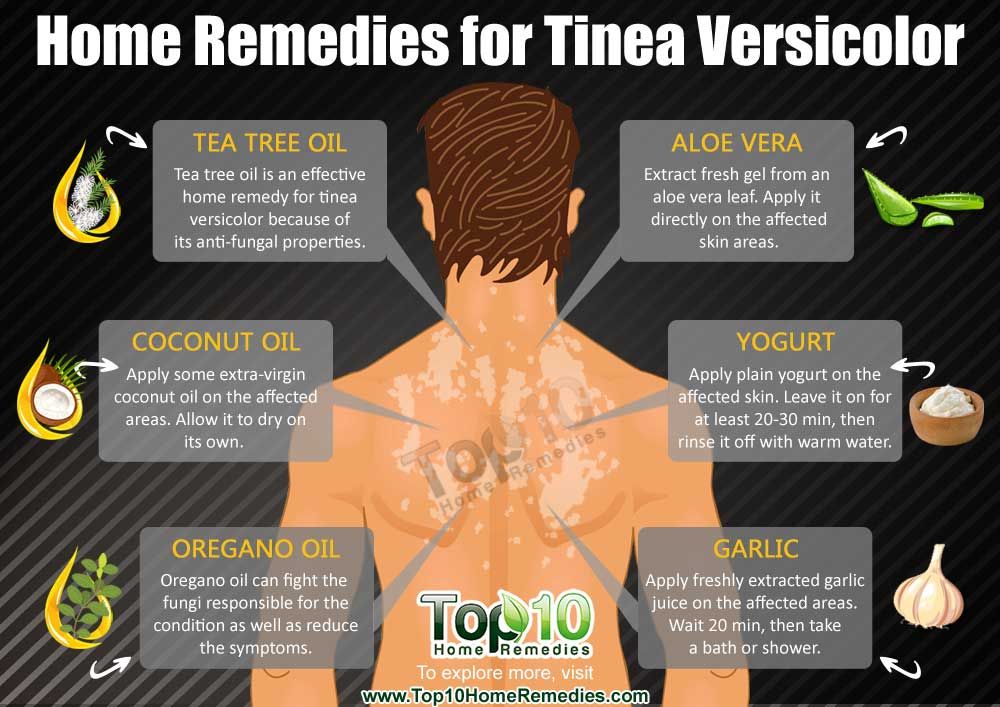
It is very important to see a doctor quickly if you notice these symptoms on your skin. Only professional diagnosis and treatment can help to avoid further spread of fungal infection and complications.
Popular types of fungal skin diseases
Fungal infections of the skin are quite common and can affect different areas of the body. There are several popular types of fungal skin diseases, including:
- Dermatophytosis: is a disease that most often affects the nail plate or skin on the hands and feet. It can manifest itself in the form of itching, peeling of the skin, redness and swelling. Dermatophytosis is often spread through contact with infected surfaces or through shared items such as towels or shoes.
- Candida: is a fungal infection caused by Candida albicans that usually presents as red rashes with redness and itching. It can affect the skin under the breasts, between the fingers and toes, armpits and groin.
 Candida often thrives in environments that encourage fungal growth, such as high humidity and heat.
Candida often thrives in environments that encourage fungal growth, such as high humidity and heat. - Foot fungus: is a fungal infection that predominantly affects the skin of the foot, including the spaces between the toes. It can cause irritation, itching, peeling and cracks in the skin of the foot. Foot mycosis often occurs in athletes, as tight and wet shoes contribute to the development of fungi.
- Spider fungi: is a type of fungal infection that predominantly affects the skin of the hands and feet. They can cause itching, flaking, and redness of the skin. Spider fungi can be transmitted through contact with contaminated surfaces or contact with an infected person.
If you suspect a fungal skin disease, it is important to see a doctor for an accurate diagnosis and appropriate treatment. Self-medication may cause symptoms to worsen or the infection to spread to other areas of the skin.
Effective treatments for fungal skin diseases
Fungal skin diseases are a common problem that requires timely and effective treatment. There are several methods to deal with this problem.
There are several methods to deal with this problem.
An important step in the treatment of fungal skin diseases is the care of the affected areas. Regular washing and drying of the affected areas of the skin helps to remove fungi and prevent their further spread. It is also recommended to use individual towels and personal hygiene items to avoid contamination of other areas of the skin.
Oral antifungals are an effective treatment for fungal infections of the skin. These drugs penetrate the body and destroy fungi from the inside. However, their use requires a doctor’s prescription and following the instructions for use.
In some cases, when a fungal skin disease is too common or resistant to conventional treatments, laser therapy or surgery may be required. These methods allow you to eliminate the fungus directly on the affected area of \u200b\u200bthe skin and achieve a complete cure.
It is important to remember that in the case of fungal skin diseases, a consultation with a dermatologist is necessary. Only he can make the correct diagnosis and prescribe the optimal treatment, taking into account the characteristics of each specific case. Do not self-medicate, as this can lead to complications and the continuation of the disease.
Only he can make the correct diagnosis and prescribe the optimal treatment, taking into account the characteristics of each specific case. Do not self-medicate, as this can lead to complications and the continuation of the disease.
Drugs for the treatment of fungal skin diseases
Fungal skin diseases require an integrated approach to treatment, including the use of special drugs. There are a large number of antimycotic agents on the market that help fight fungal infection and restore skin health.
Another effective drug for the treatment of fungal skin diseases is Mycozoral Cream. Its active substance, miconazole, inhibits the reproduction of fungi and destroys them. Mycozoral cream is applied to the affected skin 2 times a day for 2-3 weeks.
Some fungal skin infections may require systemic treatment. In such cases, antifungal tablets are prescribed, for example, Fluconazole or Itraconazole. These drugs act on fungi from the inside and help eliminate the infection.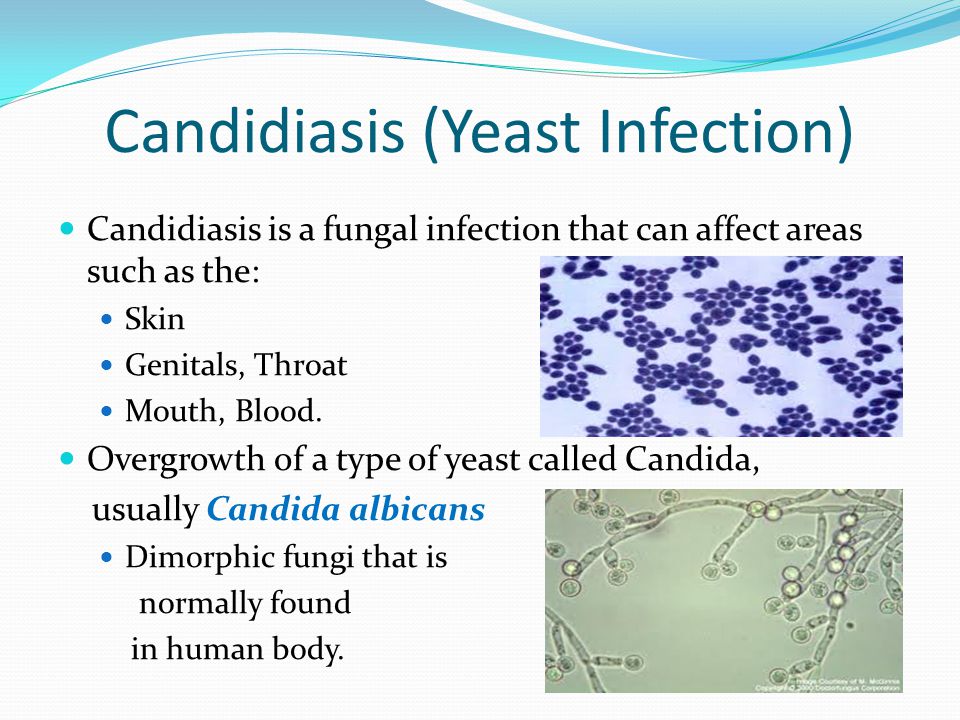
When treating fungal infections of the skin, it is very important to follow the rules of hygiene, regularly alcoholize personal hygiene items, avoid wearing shared shoes and clothes, avoid injury to the skin, and do not use other people’s toilet shoes and accessories.
Traditional Treatments for Fungal Skin Diseases
Fungal skin diseases are a variety of fungal infections that can affect the nails, feet, groin, and other areas of the body. There are several traditional methods for the treatment of such diseases, which are often used in combination with drugs.
- Use of antimycotic ointments and creams: these preparations may be prescribed by a doctor and contain active substances that destroy fungi and prevent their reproduction.
- Regular washing and drying of affected areas: fungal infection can develop in humid conditions, so regular washing and drying of affected areas will help reduce the number of fungi and speed up the process of their disappearance.

- Application of antifungal powders: antifungal powders and nail products contain active ingredients that help eliminate the fungal infection and prevent its recurrence.
However, these treatments may have their limitations and side effects, so you should consult your doctor before using them. In some cases, more intensive and prolonged treatment may be required to completely get rid of fungal skin diseases.
Prevention of fungal diseases of the skin
Fungal infections of the skin are a common problem and can lead to discomfort and serious complications. However, following simple precautions will help reduce the risk of infection with a fungus.
1. Keep your skin hygienic:
- Wash and dry your skin regularly, especially where moisture accumulates, such as between your toes or under your arms.
- Use dry towels and sheets.
- Avoid sharing towels, clothes or shoes.
2. Maintain a dry skin environment:
Maintain a dry skin environment:
- Wear loose and cotton clothing that allows the skin to breathe.
- Do not wear waterproof shoes for extended periods of time.
- Avoid prolonged exposure to damp and enclosed areas.
3. Take care of your skin in public places:
- Avoid walking barefoot in public pools, showers and changing rooms.
- Wear shoes on public beaches and in swimming areas.
- Do not use other people’s hygiene products and accessories.
- When visiting massage parlors or beauty salons, pay attention to the sterility of instruments and compliance with the rules of sanitation.
4. Avoid contact with fungal sources:
- Avoid contact with infected animals and patients suffering from fungal skin infections.
- Do not wear other people’s shoes and clothes, especially if you have broken skin.
- Avoid going to public places where there is an increased risk of infection, such as saunas, baths or dance schools.

By following these simple guidelines and paying attention to your hygiene and your environment, you can minimize your chances of contracting fungal skin diseases.
Tips for skin care for fungal infections
Proper washing: Skin cleansing for fungal diseases should be carried out with extreme caution. It is recommended to use a soft washcloth or special products for sensitive skin. It is not recommended to use rough scrubs or creams with an aggressive composition, as they can injure the skin and promote the growth of fungi.
Keep dry: Humidity is a favorable environment for fungi to grow. Therefore, special attention should be paid to keeping the skin dry. It is recommended to use special absorbent products or powders that will help remove excess moisture and prevent the growth of fungi.
Regular ventilation of the skin: Fungal diseases of the skin often occur in places where moisture and sweat accumulate. Regular airing of problem areas will help maintain dry skin. It is recommended to wear natural materials that allow the skin to breathe and avoid synthetic clothing, which can create a greenhouse effect.
Regular airing of problem areas will help maintain dry skin. It is recommended to wear natural materials that allow the skin to breathe and avoid synthetic clothing, which can create a greenhouse effect.
Monitoring for changes: In fungal skin diseases, it is important to closely monitor any changes. If there are symptoms such as itching, redness, peeling or the appearance of new problem areas, you should consult a doctor to prescribe adequate treatment.
Hygiene: In case of fungal infections of the skin, special attention should be paid to hygiene measures. Washing your hands regularly and using separate towels and hygiene items will help prevent the spread of fungi and protect other skin areas from infection.
The right choice of footwear and clothing: In case of fungal skin diseases, it is important to choose footwear and clothing made from natural materials that allow the skin to breathe. It is also recommended to regularly treat shoes and clothing with special antimycotic agents to prevent re-infection.
What is not recommended for fungal skin diseases
It is not recommended to choose the treatment yourself for fungal skin diseases. It is important to consult a dermatologist who will diagnose and prescribe appropriate therapy. If you try to self-medicate, you can cause additional harm, aggravating the condition and prolonging the recovery time.
It is also not recommended to use antibacterial ointments or creams without a doctor’s prescription. Fungal infections require specialized antifungal treatment, so the use of drugs that target bacterial infections may be useless or even extremely harmful.
Another not recommended action for fungal skin diseases is the application of cosmetics to the affected areas. Cosmetics often contain ingredients that can support the development of a fungal infection and delay the healing process. In the presence of fungal skin diseases, it is recommended to temporarily abandon the use of decorative cosmetics and care products.
Synthetic or thick footwear should also be avoided. Excessive moisture and lack of air access only contribute to the development and spread of fungal skin diseases. It is recommended to prefer natural materials that provide normal ventilation and absorption of excess moisture.
Regular contact with diseased skin is harmful. Fungal infections are highly contagious, so pens should be kept clean and avoid touching affected skin areas if possible. If the need arises to touch, it is recommended to follow the rules of conduct according to medical ethics and be sure to wash your hands with soap and water after contact with the affected areas.
When to see a doctor
If you suspect that you are developing a fungal skin disease, it is recommended that you see a doctor for an accurate diagnosis and effective treatment. Do not self-medicate, as this can worsen the condition and spread the infection to other areas of the skin.
The main signs of fungal diseases of the skin, which should see a doctor:
- The appearance of spots on the skin with uneven edges and discoloration;
- Itching, stinging or burning in the affected area;
- Peeling and dandruff on the skin;
- Blisters, fissures or ulcers in the skin;
- Aggravation of symptoms in conditions of high humidity or after contact with water;
- If the disease does not improve after two weeks of over-the-counter antifungals.

It is also worth contacting your doctor if you have other conditions such as diabetes or immunodeficiency conditions that may affect the effectiveness of treatment and require a specialist approach.
A dermatologist will examine the skin and possibly take tissue samples for laboratory testing to determine the type of fungus and prescribe appropriate treatment. After that, recommendations for skin care will be offered and drugs prescribed, the list of which depends on the specific diagnosis and condition of the patient.
Related videos:
Q&A:
What are the symptoms of a fungal skin disease?
The symptoms of a fungal skin disease depend on the type and site of infection. However, common signs of fungal skin infections can include itching, redness, peeling, blistering or cracking of the skin, peeling nails, and white or yellow patches.
What causes a fungal skin disease?
Transmission of fungal infections of the skin is possible through contact with infected people or animals, through objects of common use (towels, shoes, etc.), when visiting public places (pools, saunas), as well as in violation of personal hygiene and the presence of damage to the skin.
How is fungal skin disease treated?
Treatment of fungal infections of the skin may include the use of antifungal ointments, creams, lotions, pastes or sprays, and the use of special preparations by mouth. It is also important to observe the rules of hygiene, disinfect common areas, and, if necessary, use personal protective equipment (for example, slippers on public beaches).
Can a fungal skin disease be completely cured?
In most cases, fungal skin diseases can be completely cured with proper and timely treatment. However, the duration of treatment may vary depending on the type and extent of the disease. It is also important to follow the doctor’s recommendations and go through all the prescribed procedures to the end in order to prevent relapses and the duration of treatment.


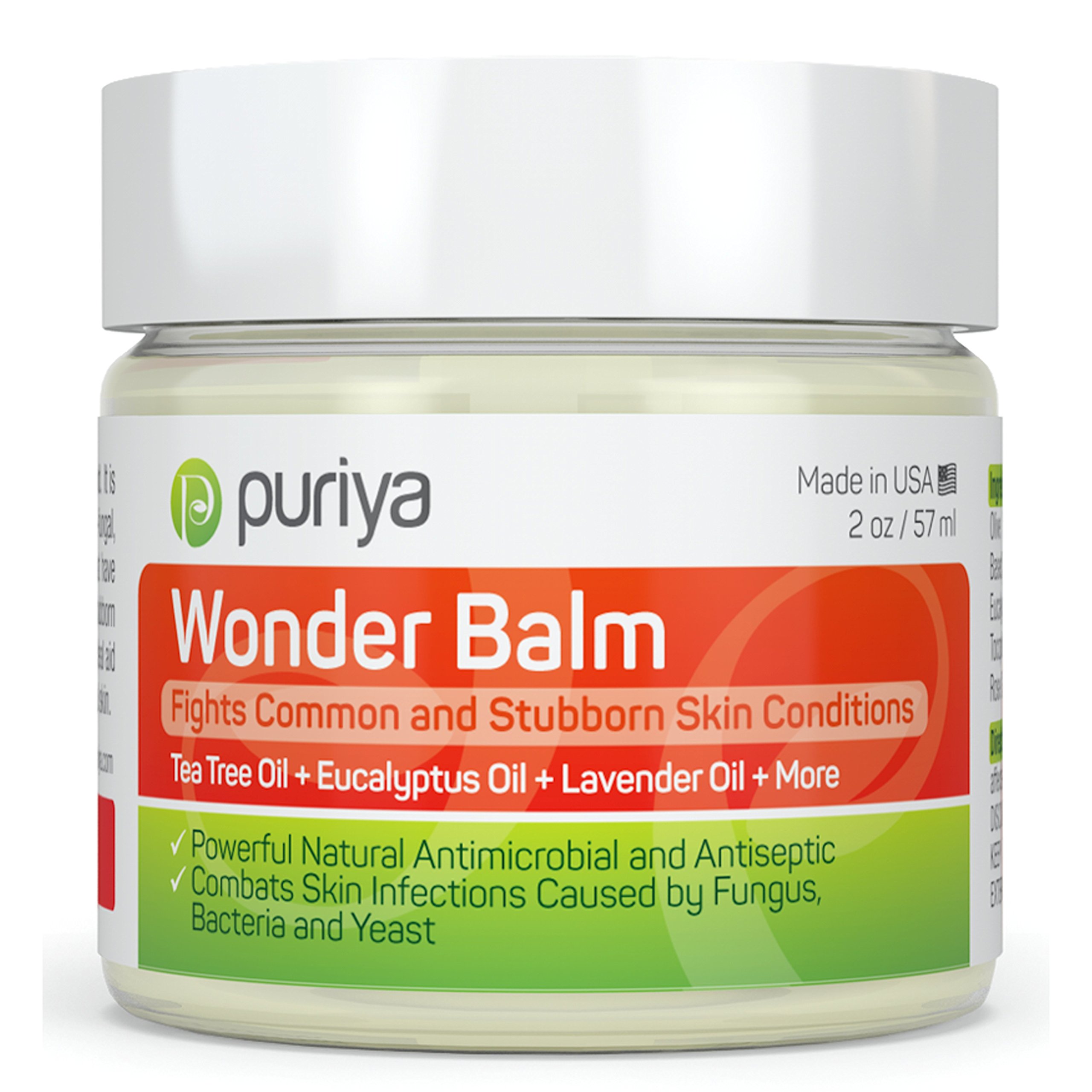
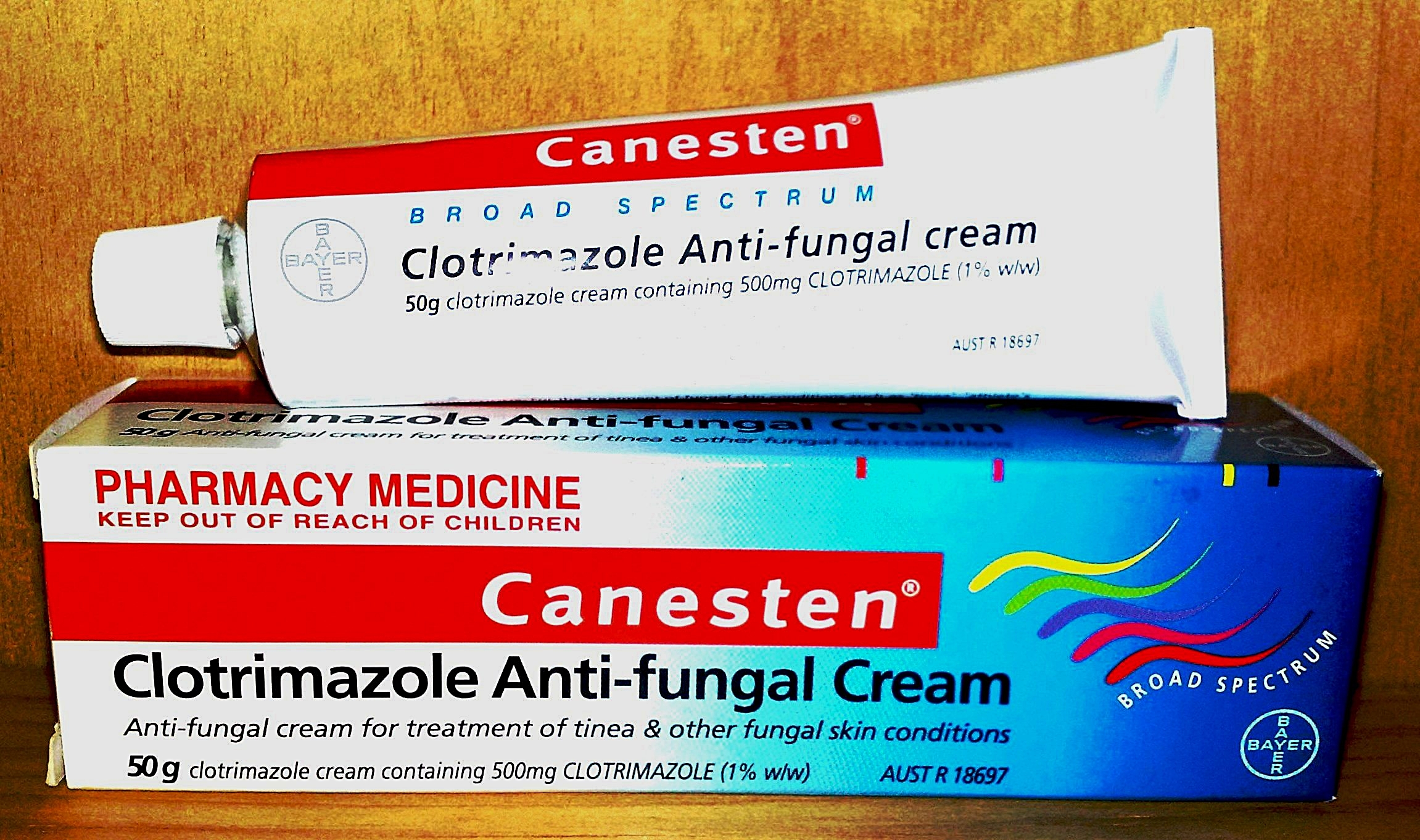 Bones are involved in the process, leading to limb deformity)
Bones are involved in the process, leading to limb deformity) D. E.N. Malyarenko2, Ph.D. M. V. Maksimova2 NI Pirogov, Ministry of Health of Russia, Moscow 2 Moscow Center for Dermatovenereology and Cosmetology.
D. E.N. Malyarenko2, Ph.D. M. V. Maksimova2 NI Pirogov, Ministry of Health of Russia, Moscow 2 Moscow Center for Dermatovenereology and Cosmetology.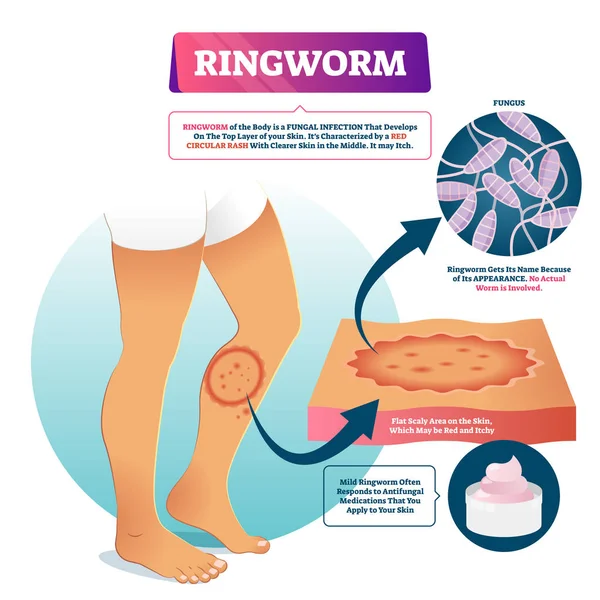 Candida often thrives in environments that encourage fungal growth, such as high humidity and heat.
Candida often thrives in environments that encourage fungal growth, such as high humidity and heat.:max_bytes(150000):strip_icc()/treatment-of-tinea-versicolor-1069275-01-660723070d7e4e0b9a988668f6381ed4.png)
